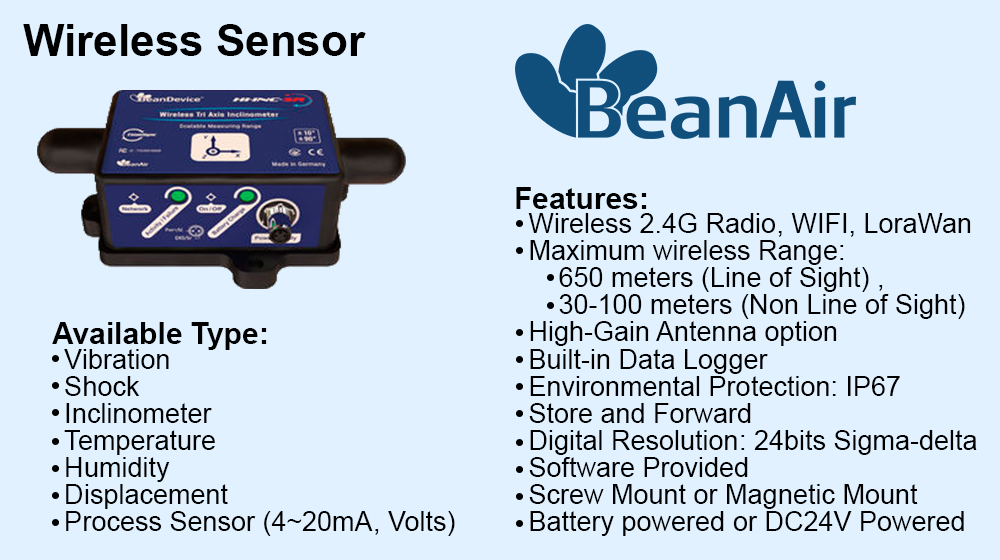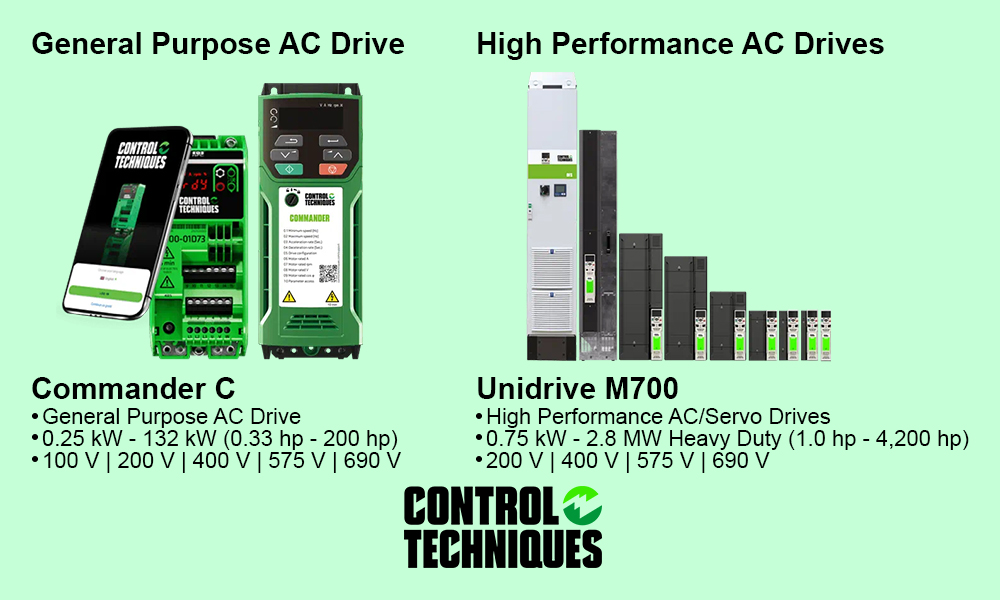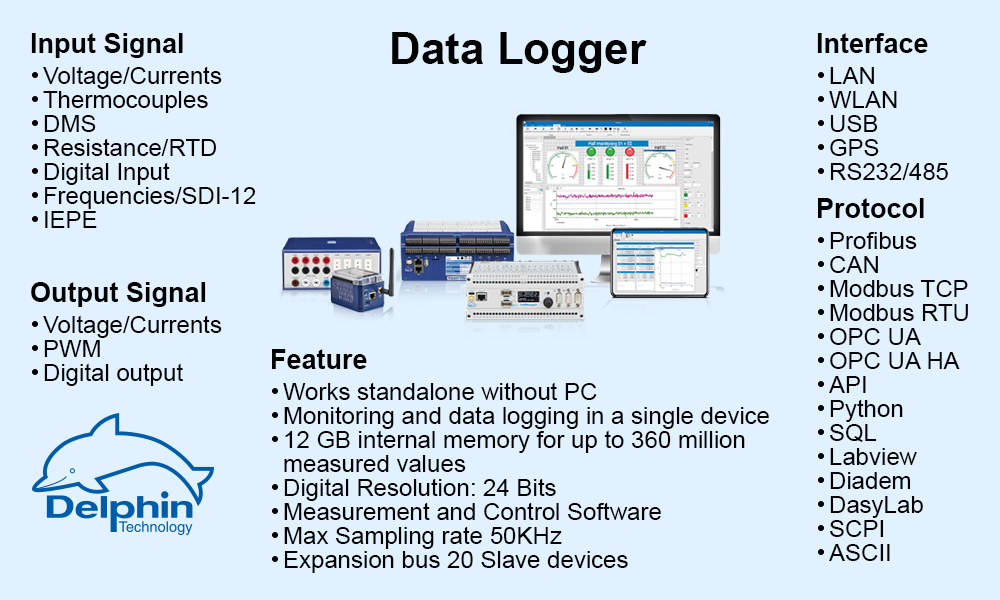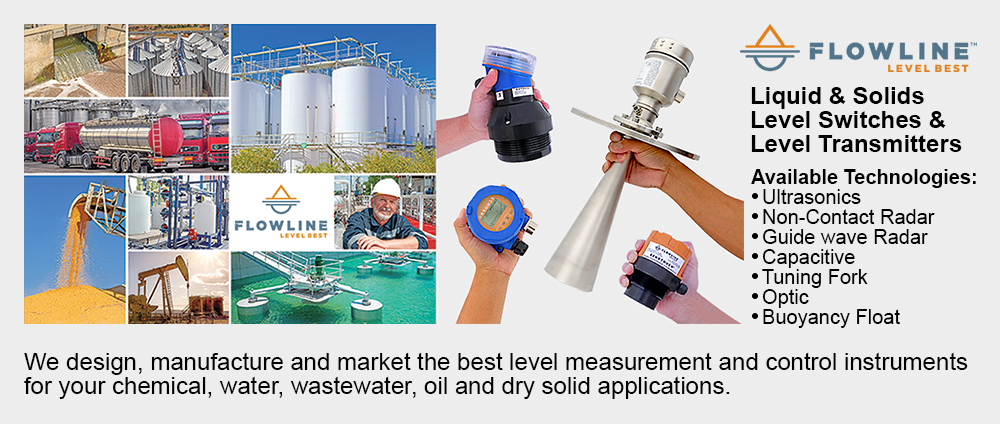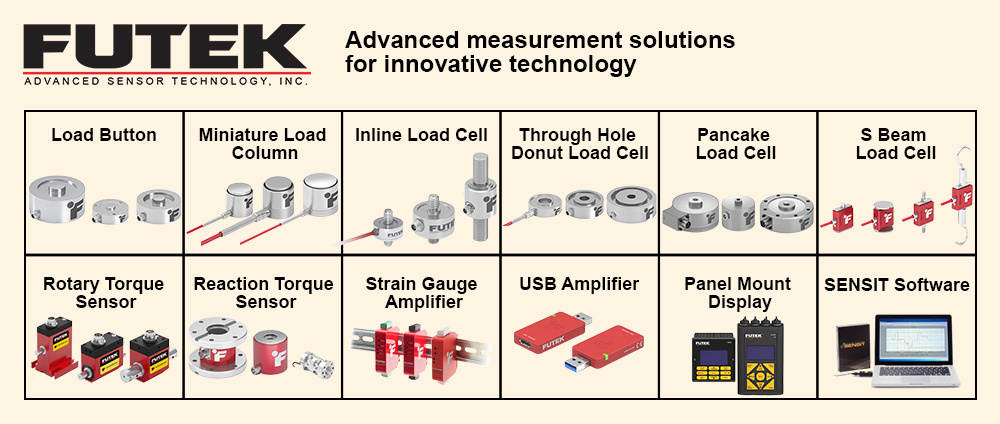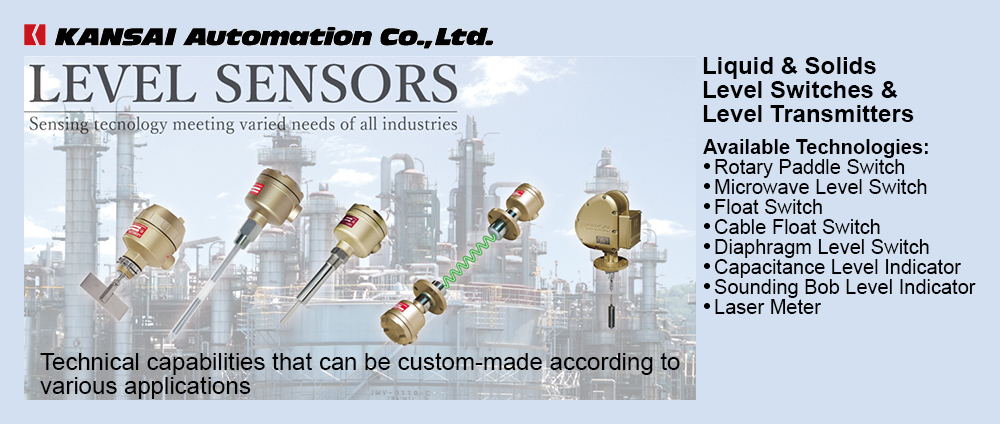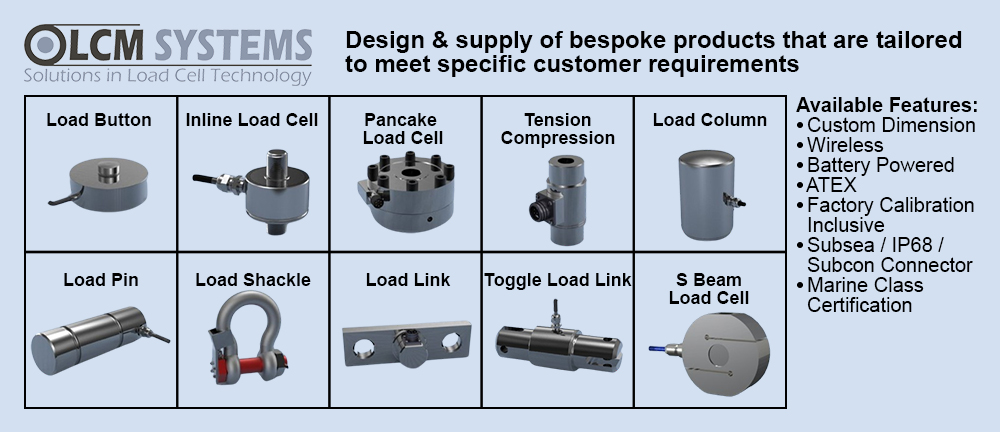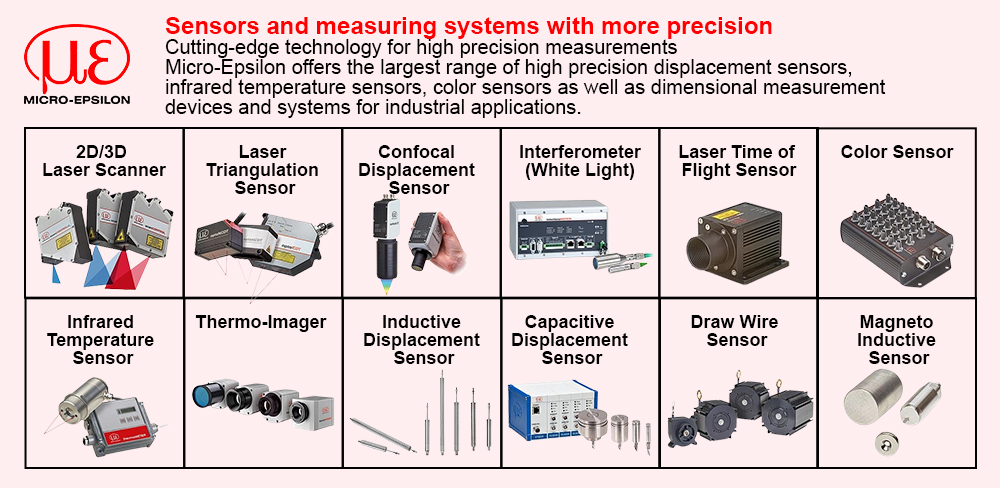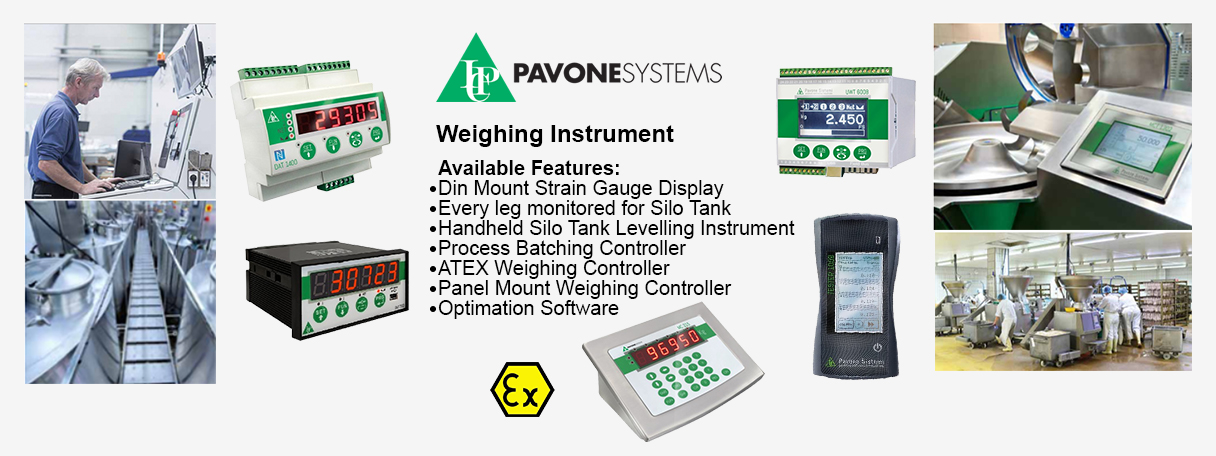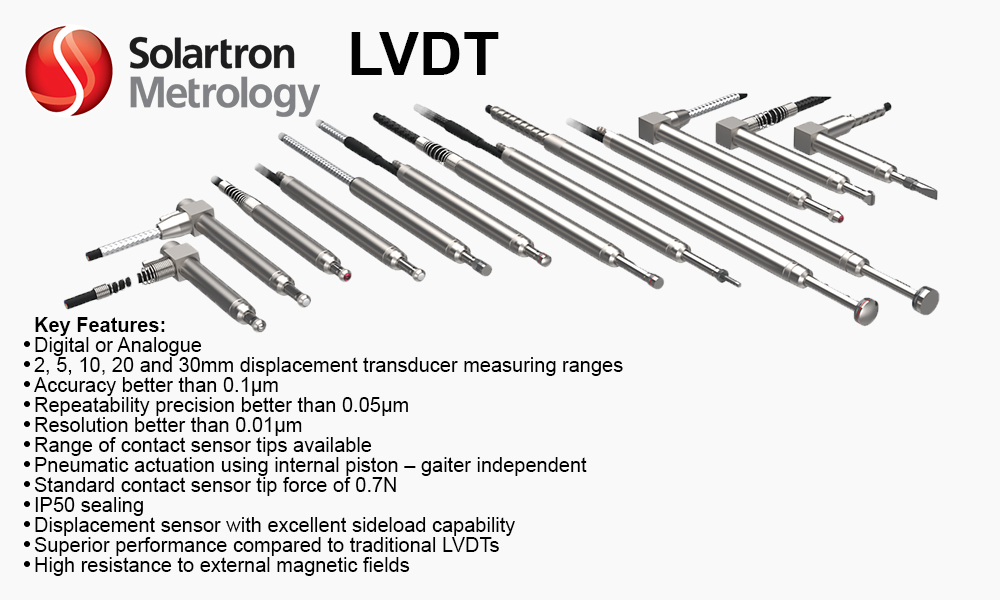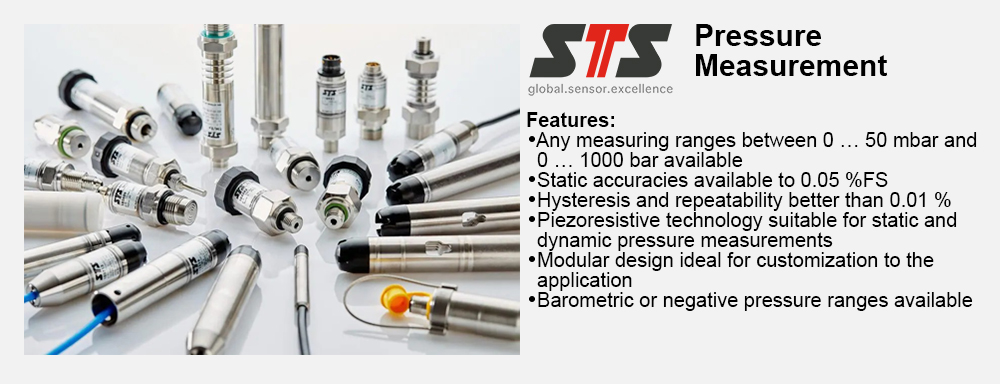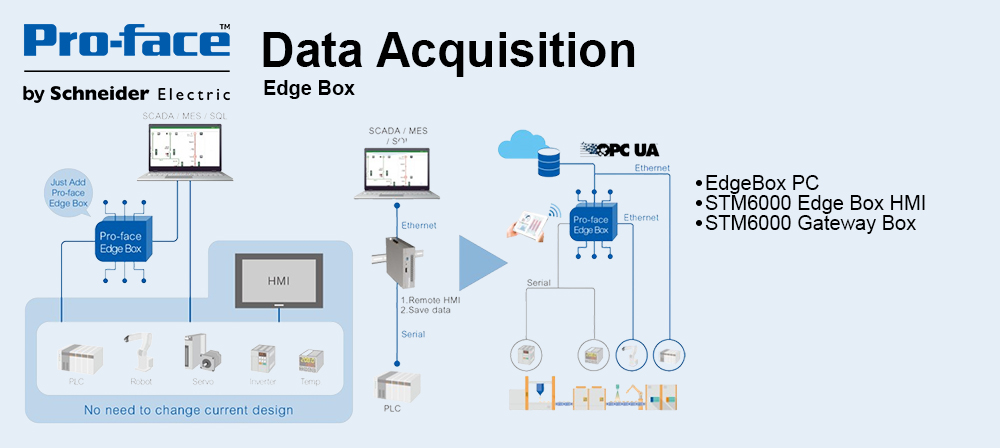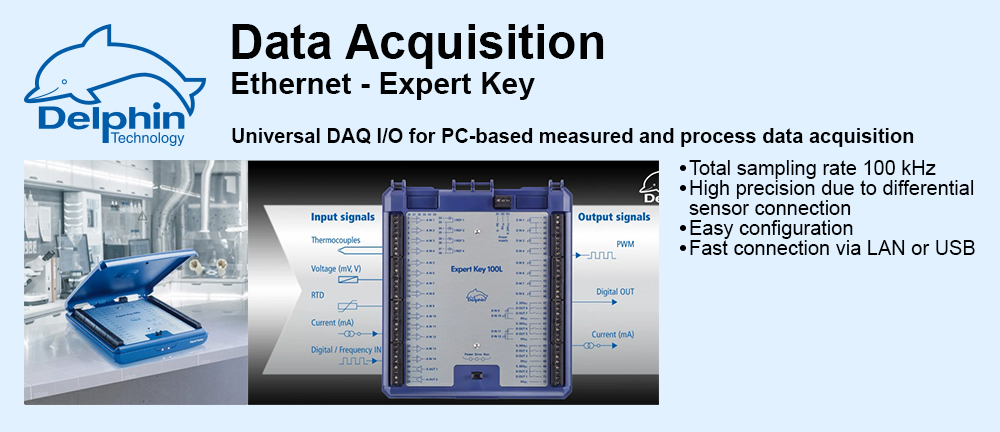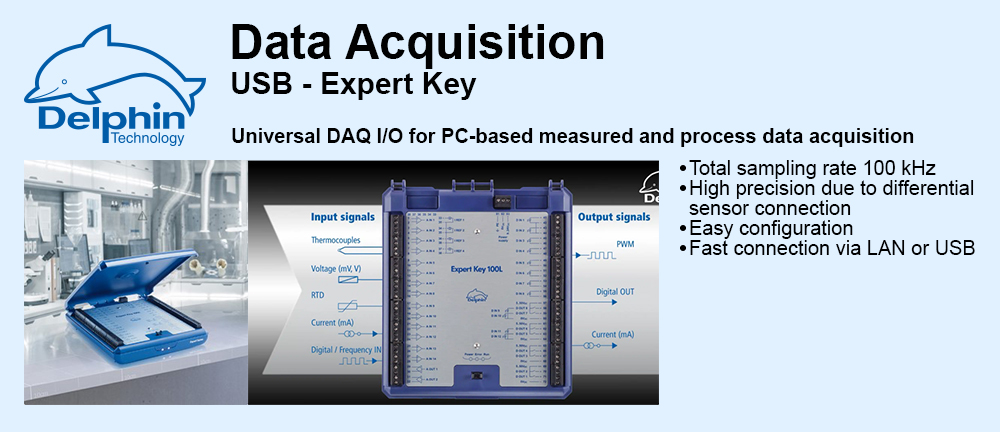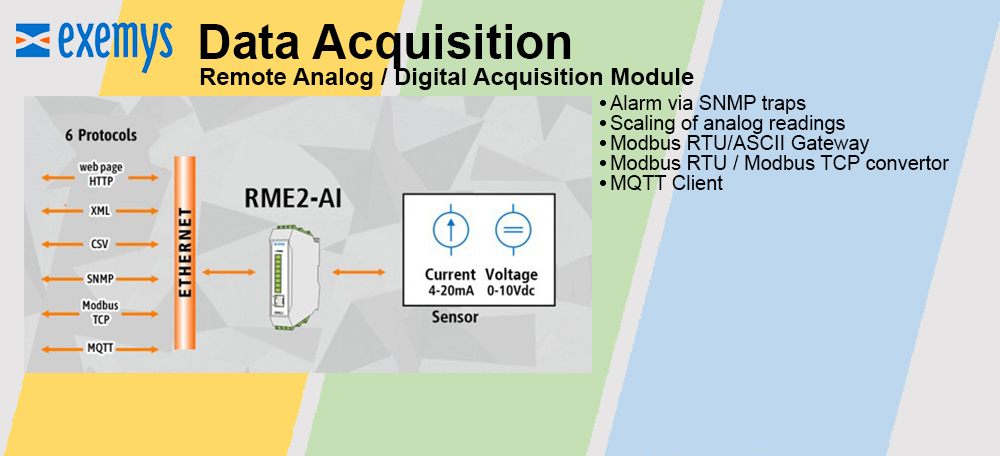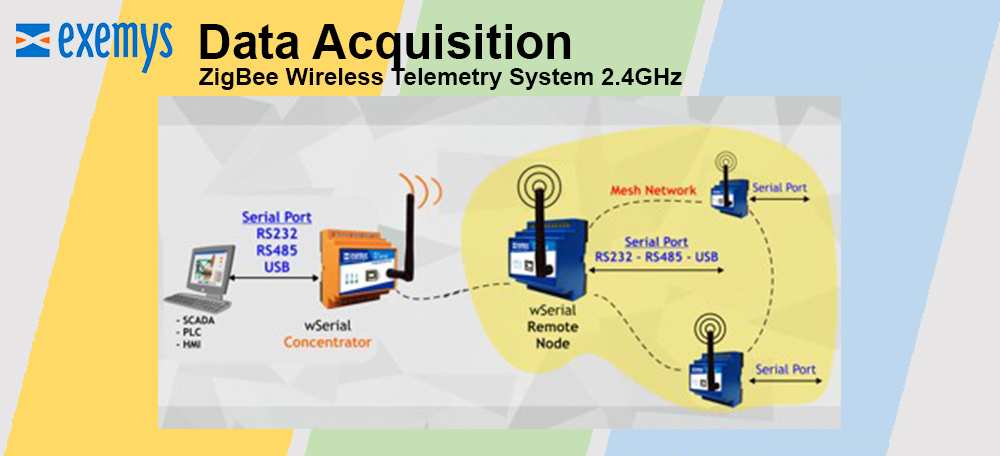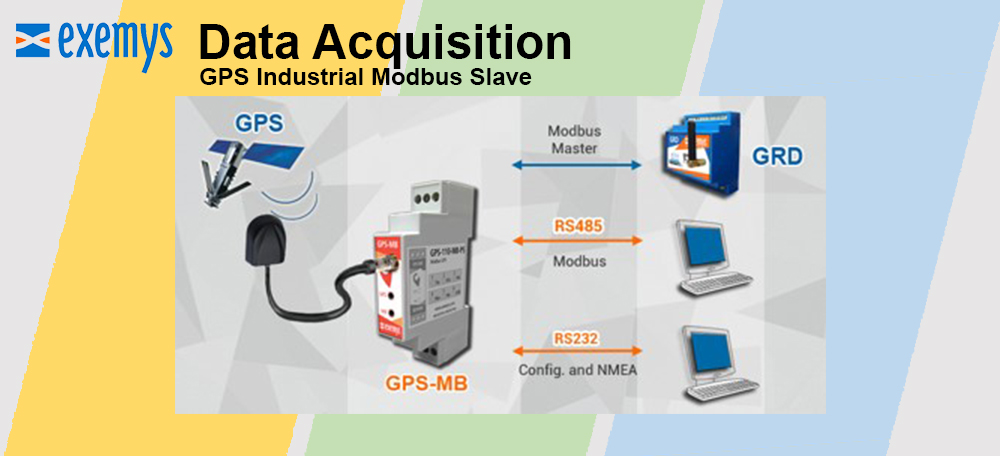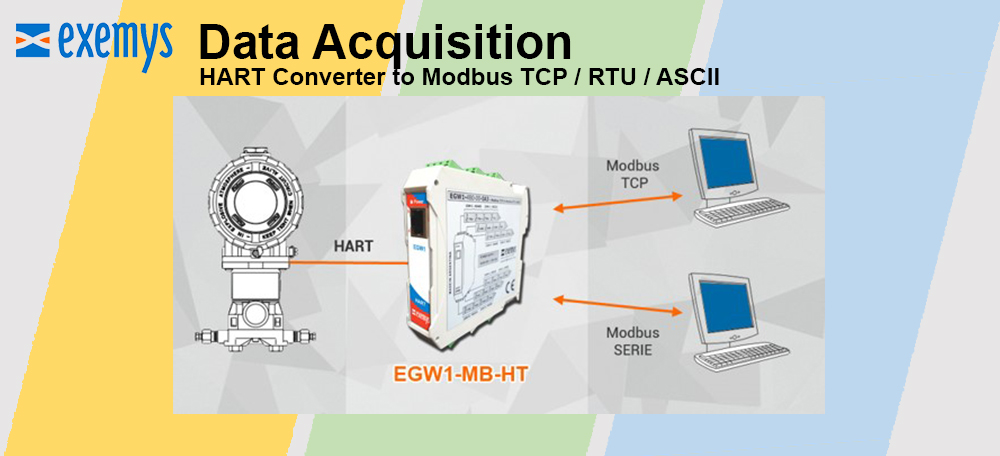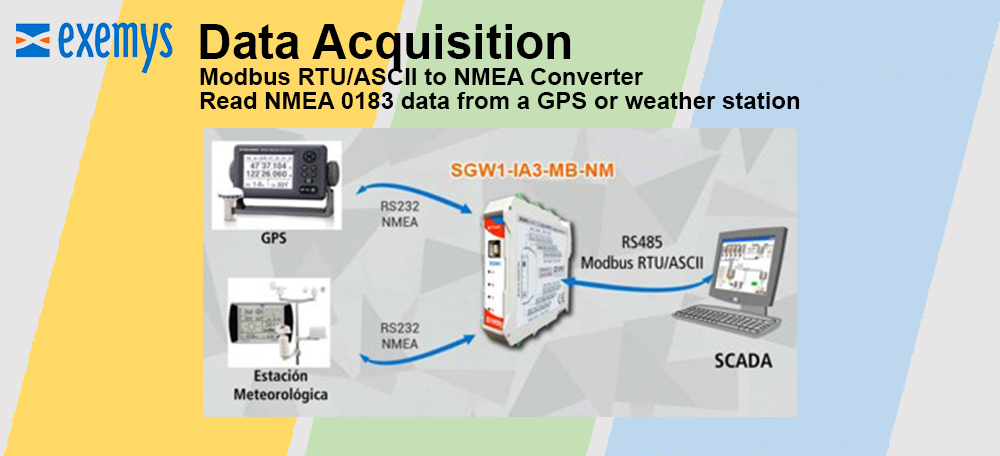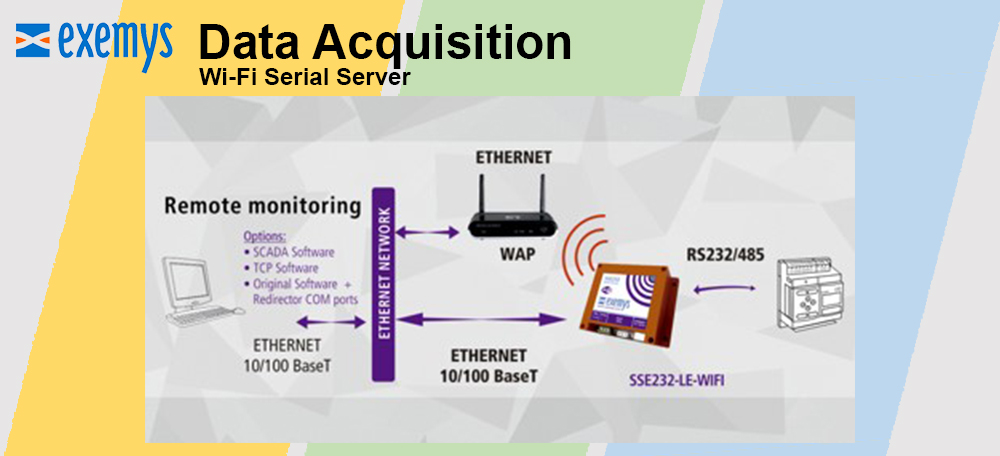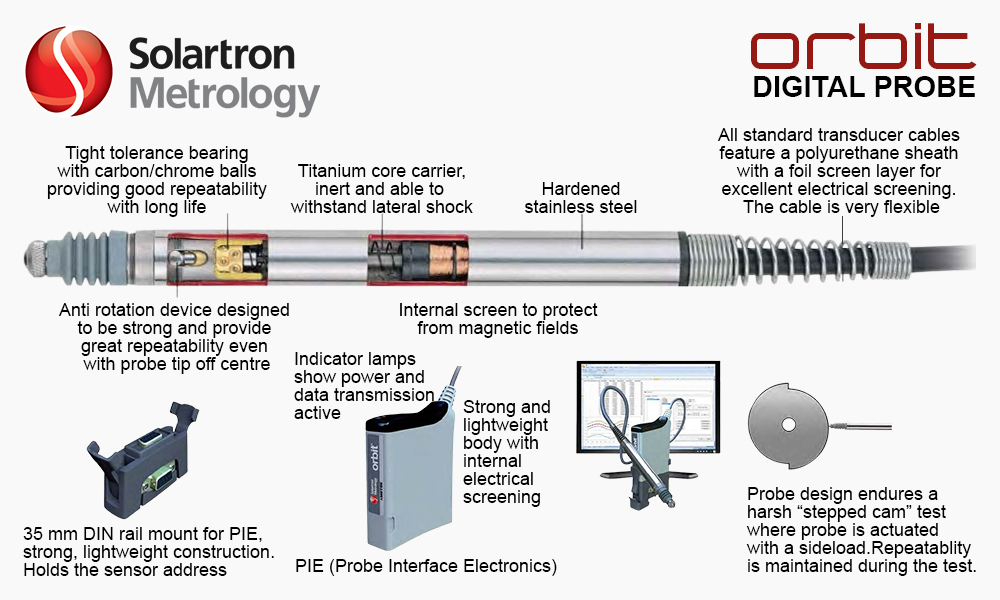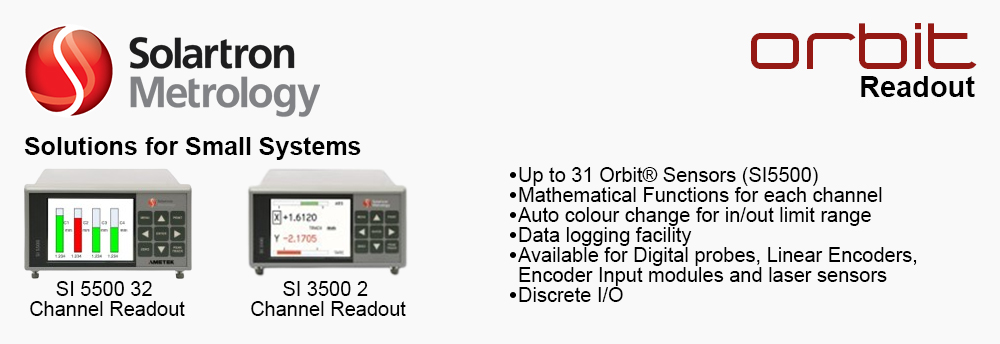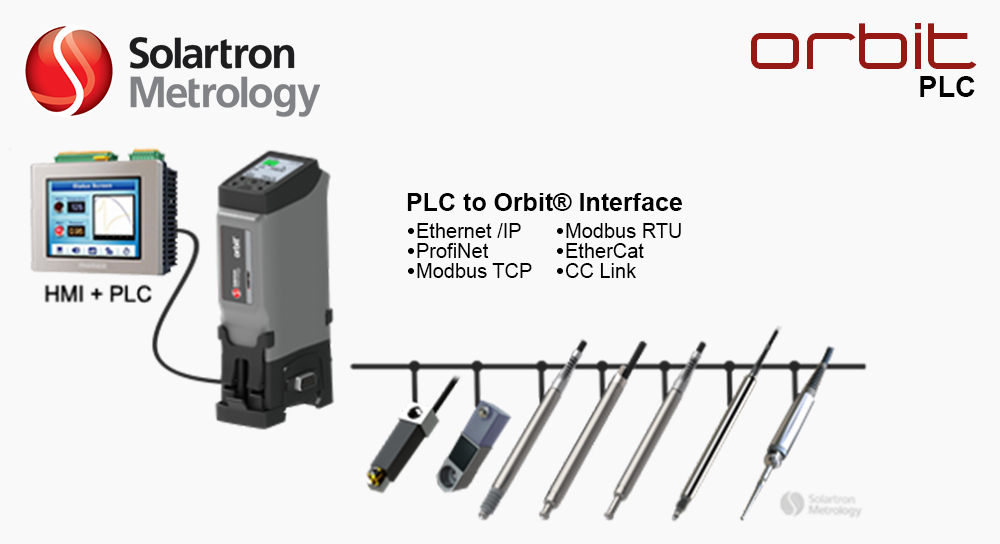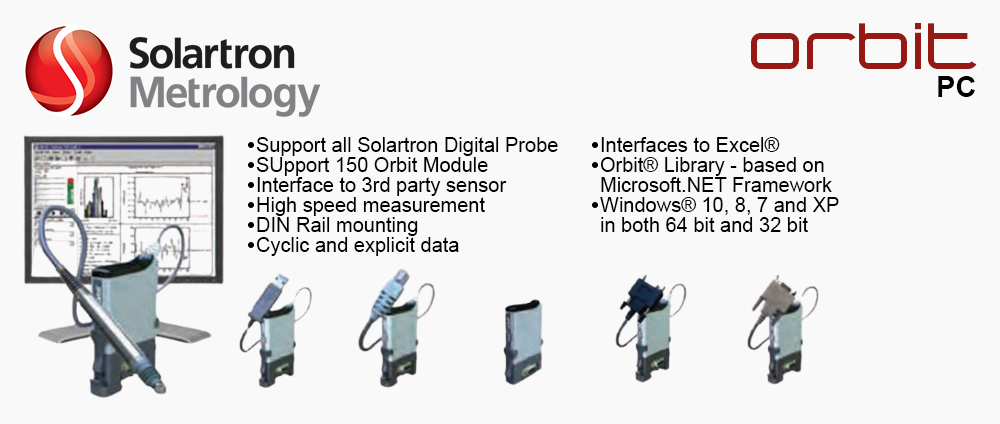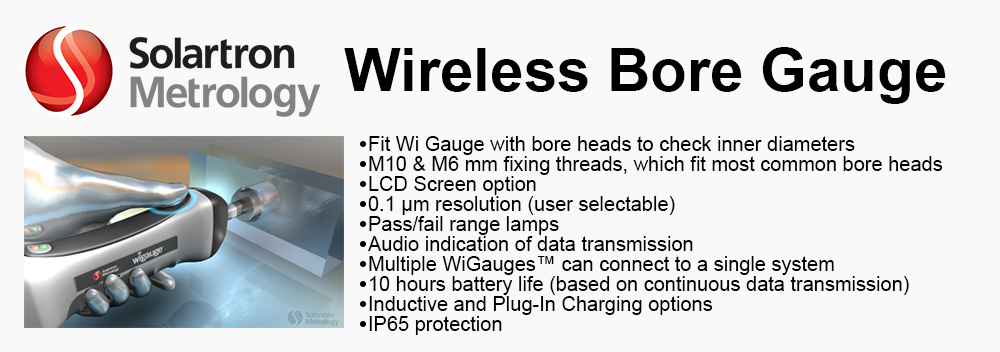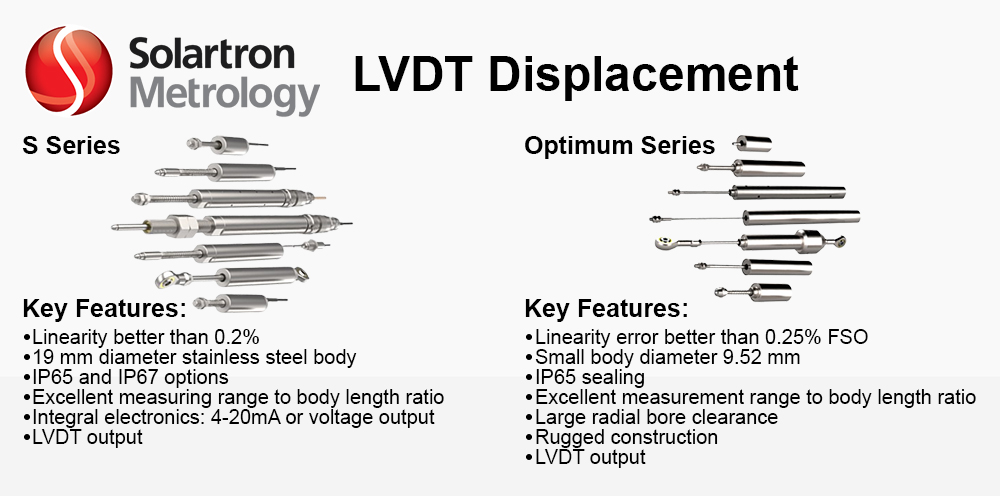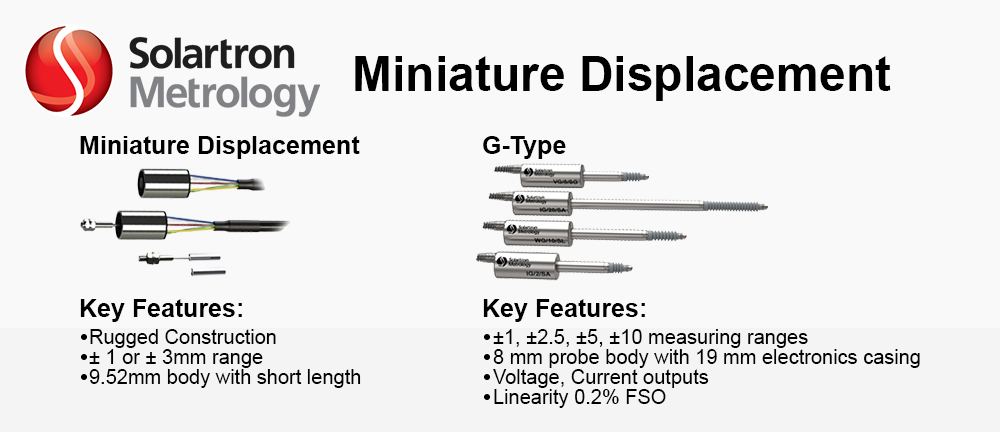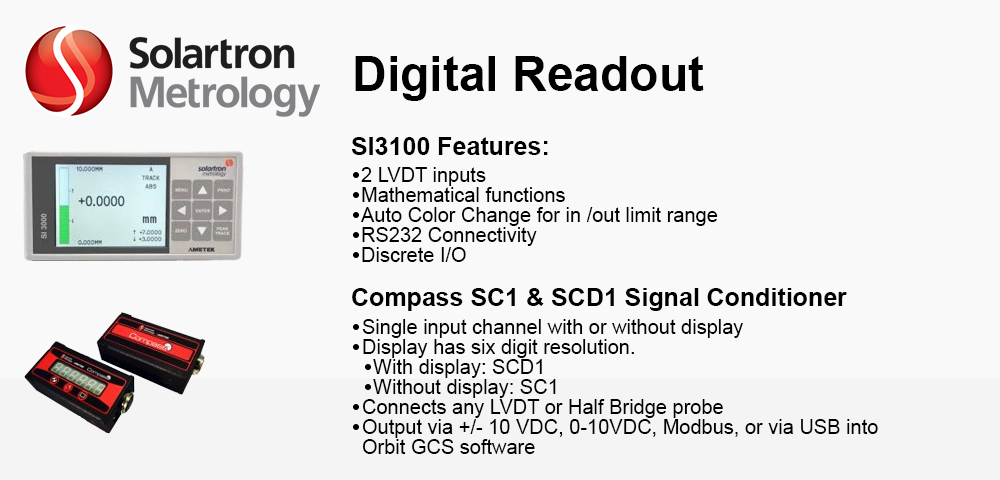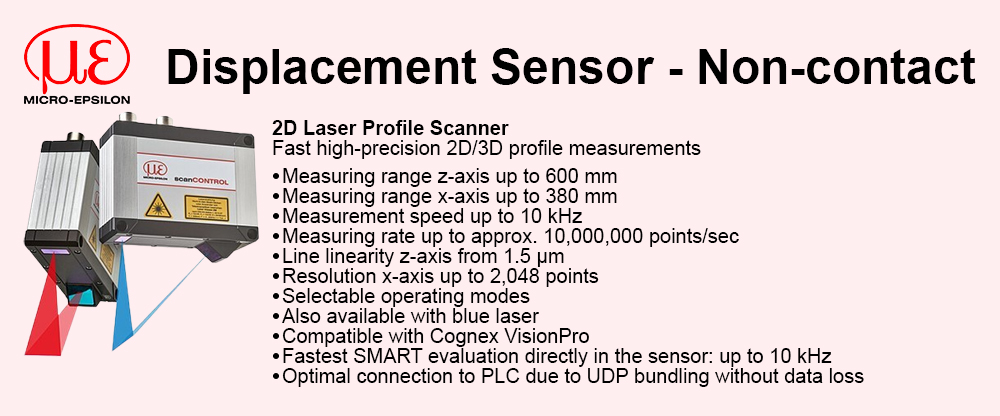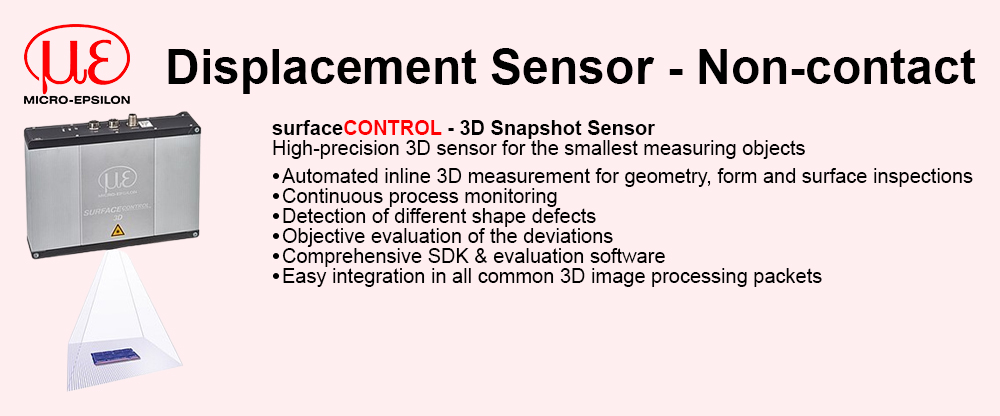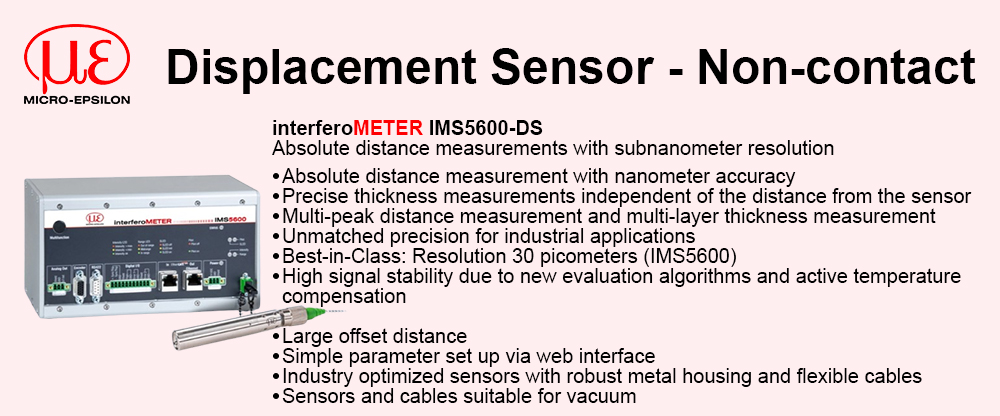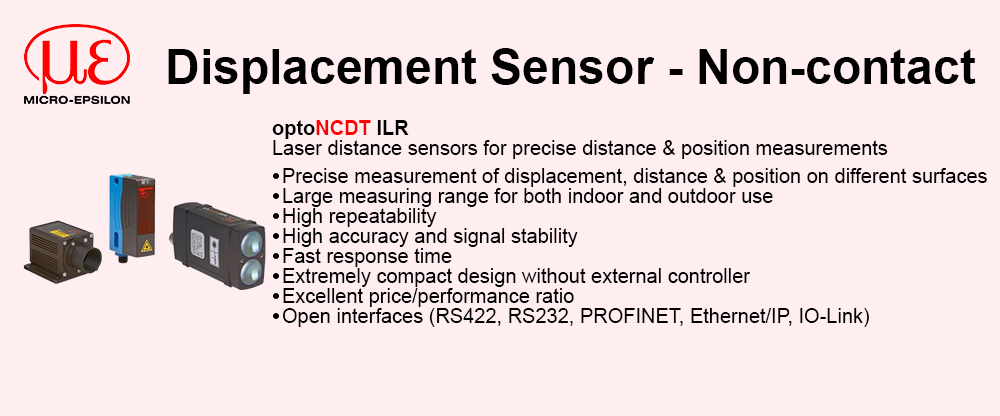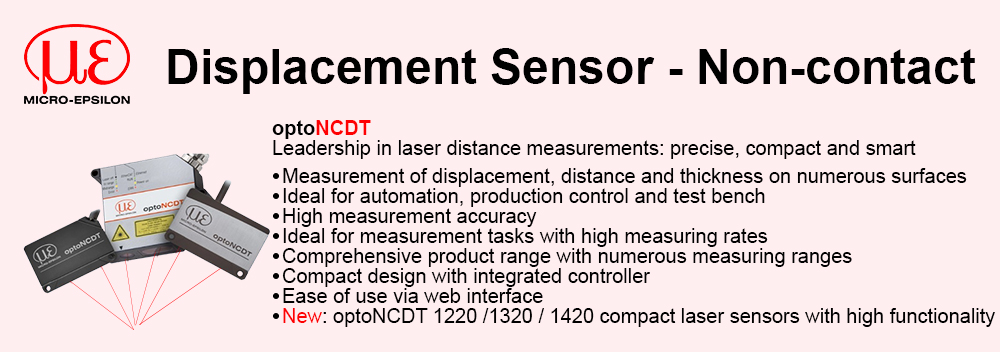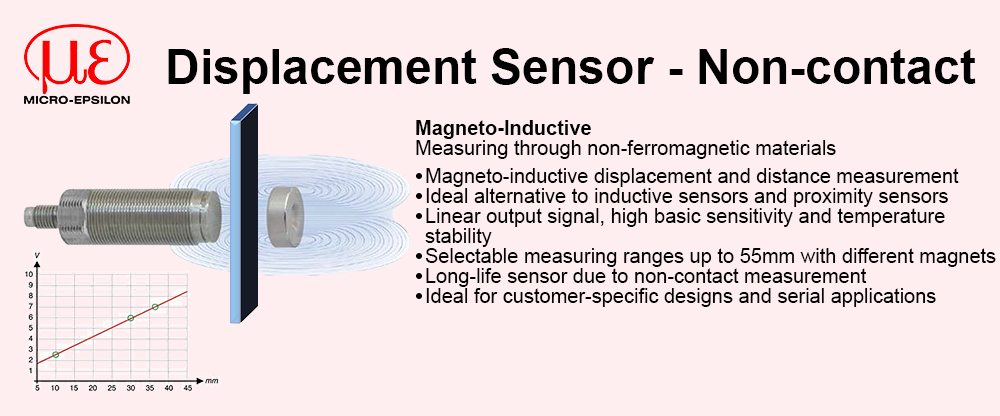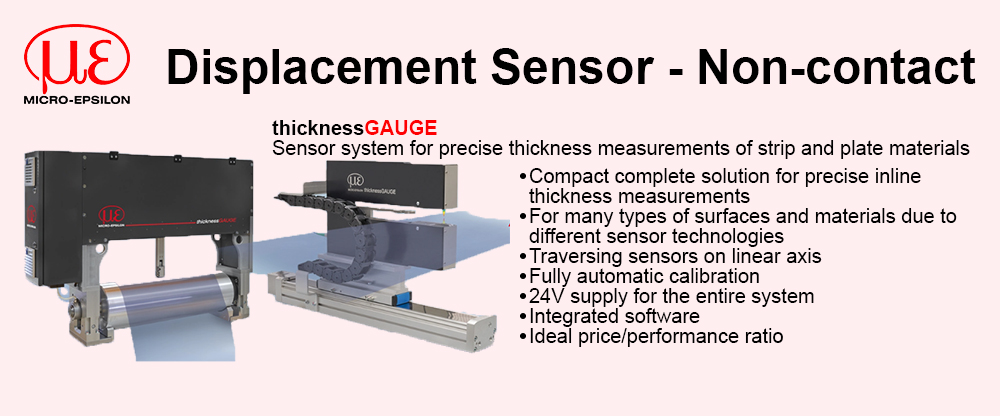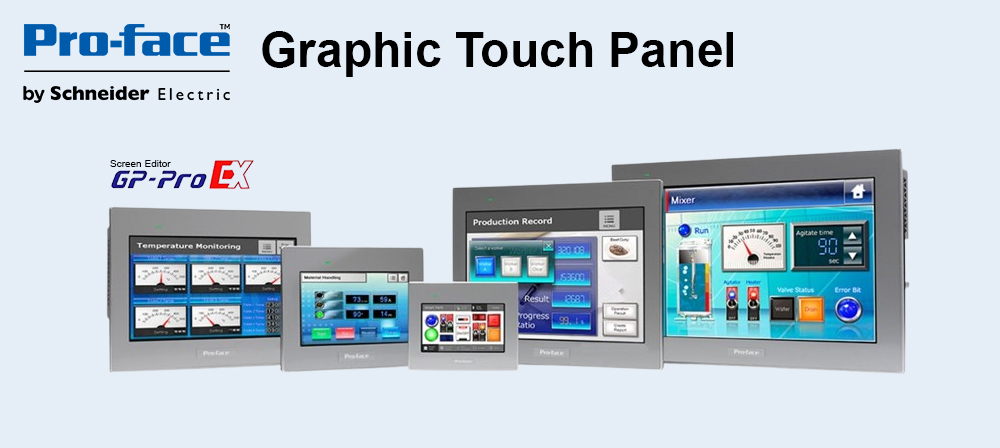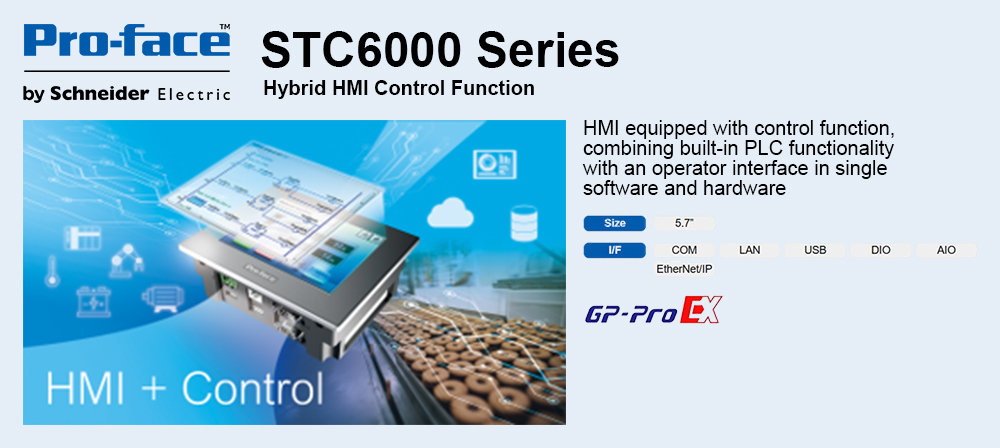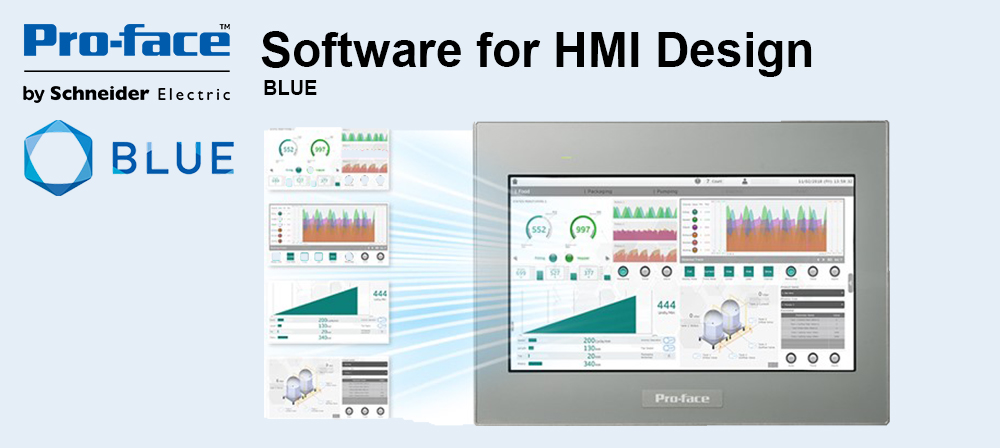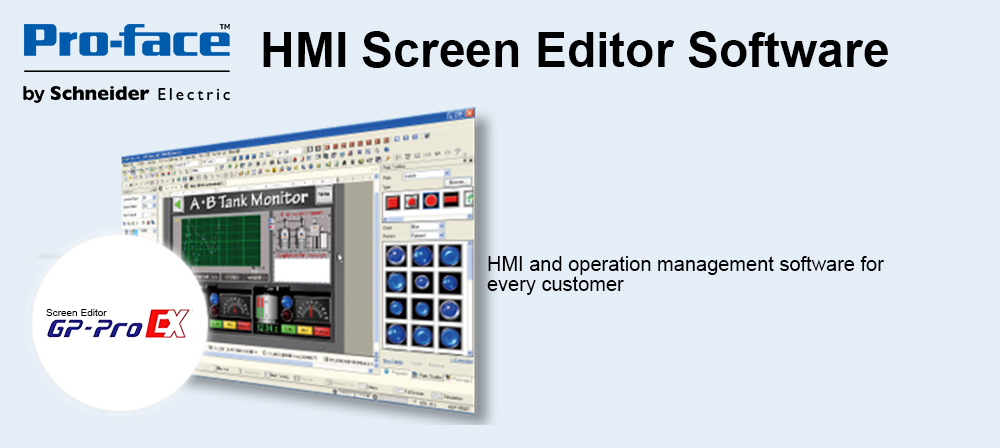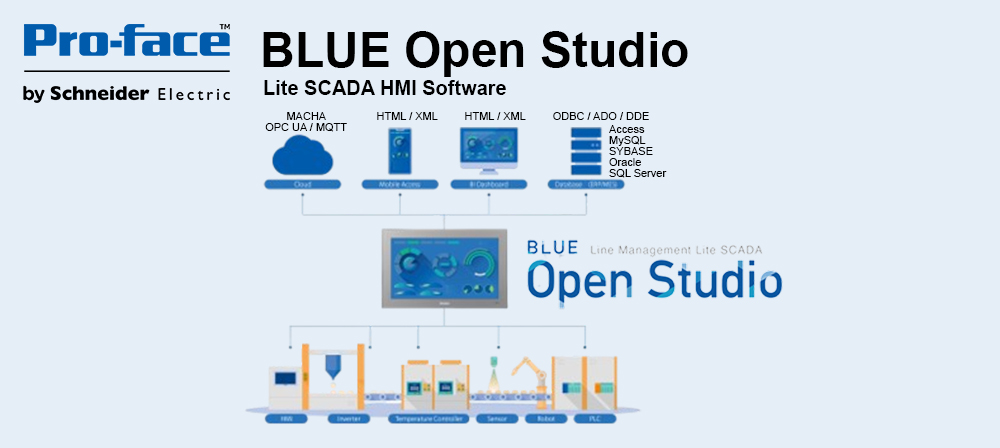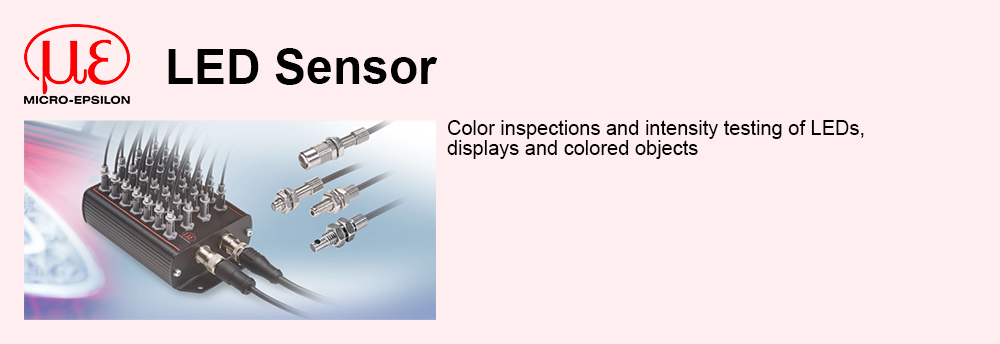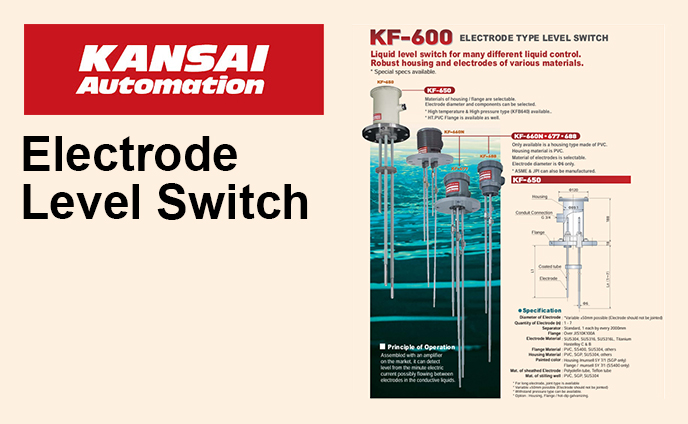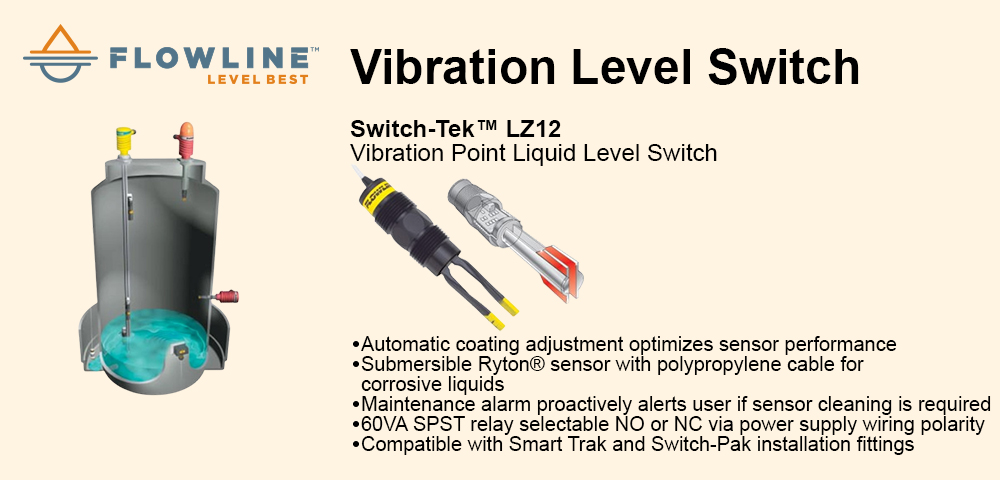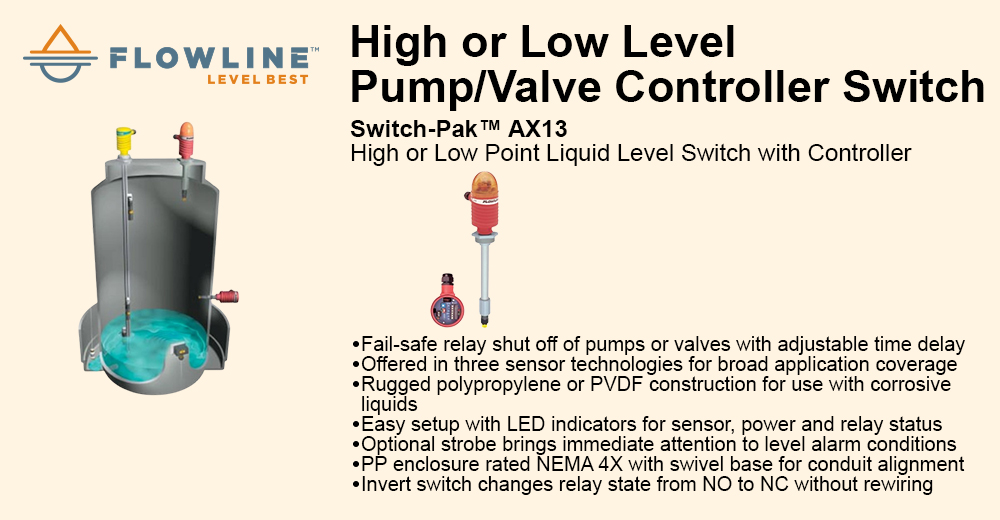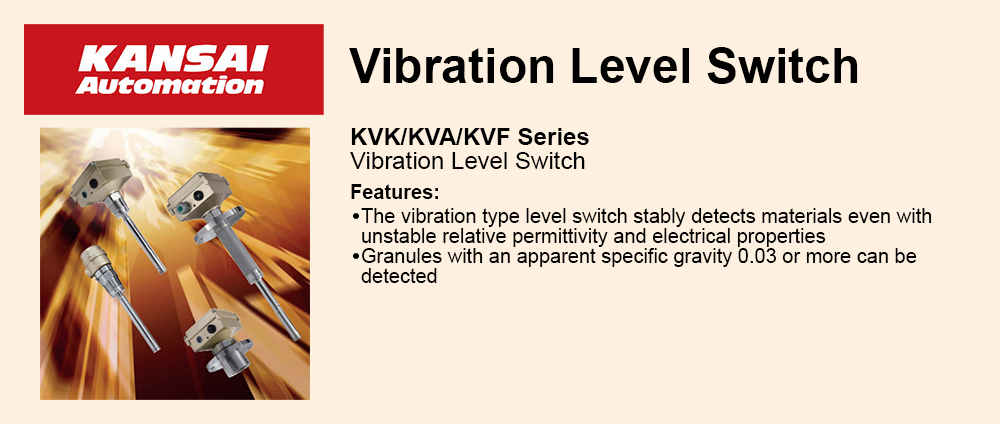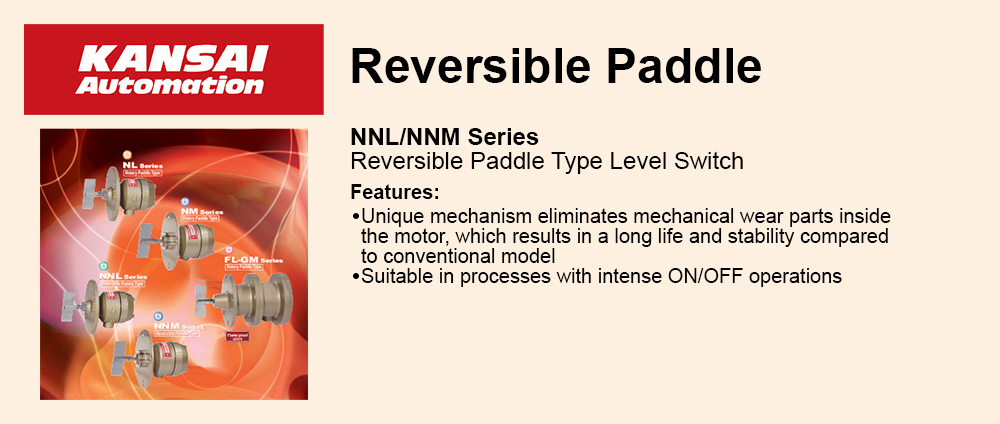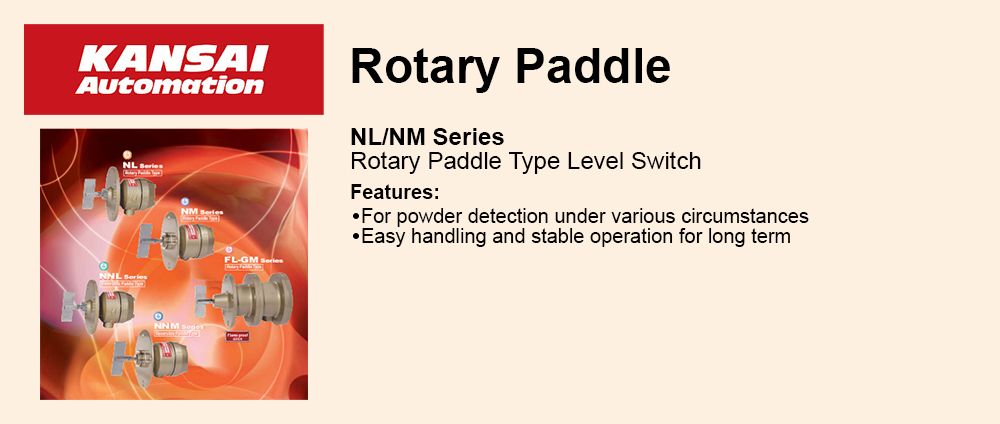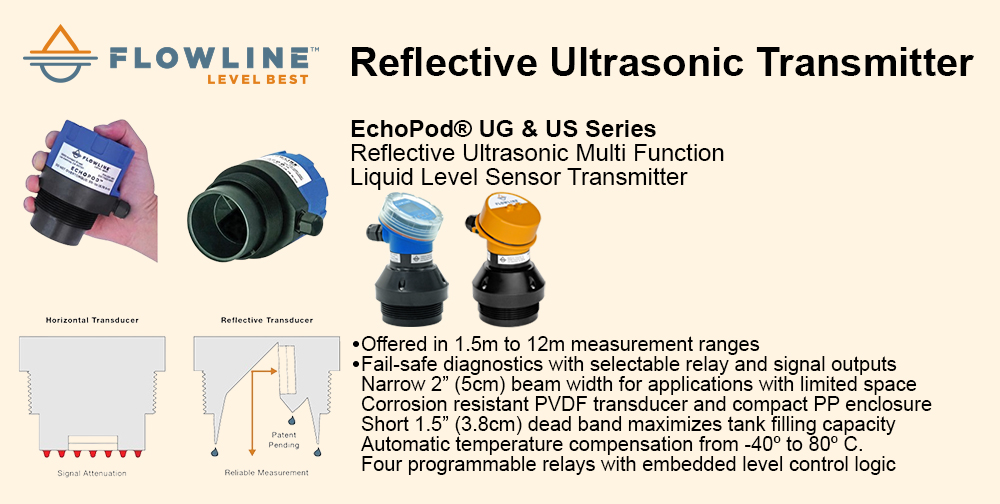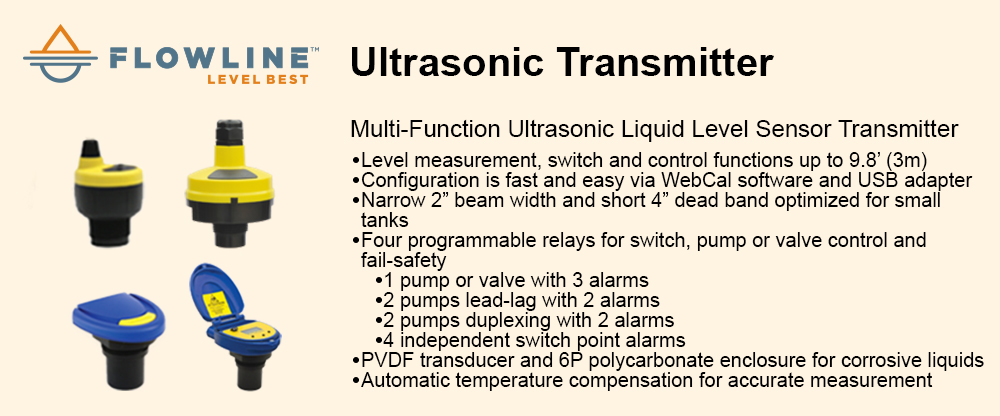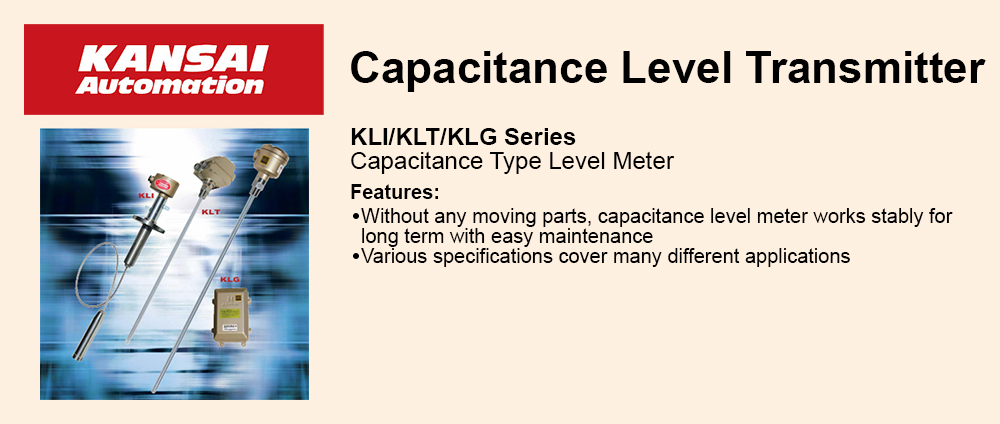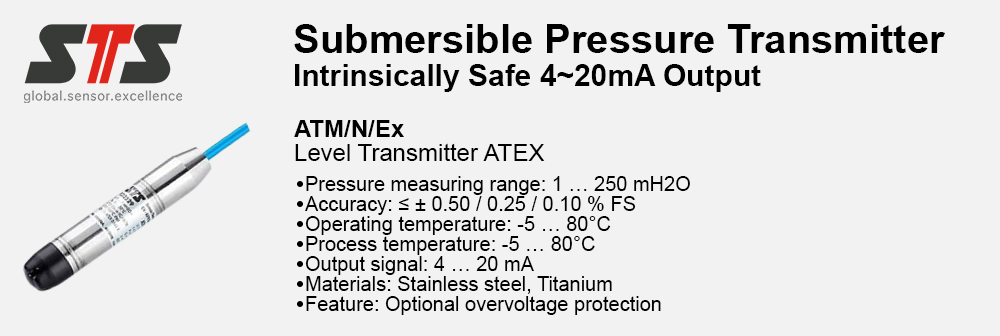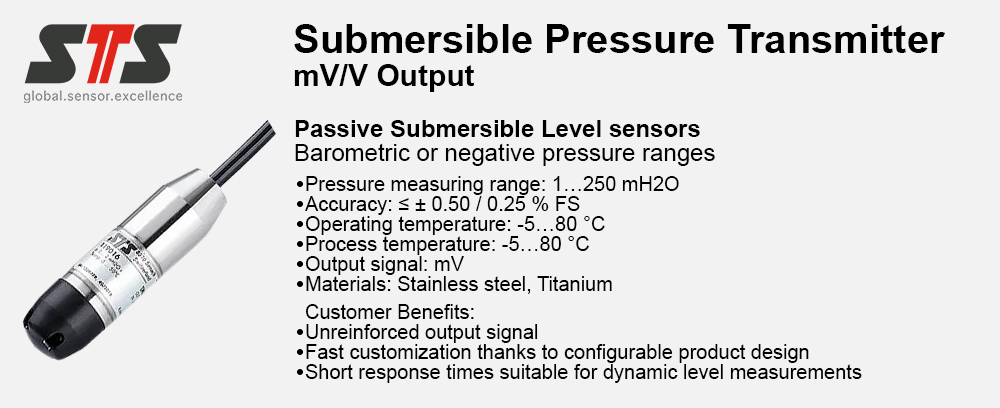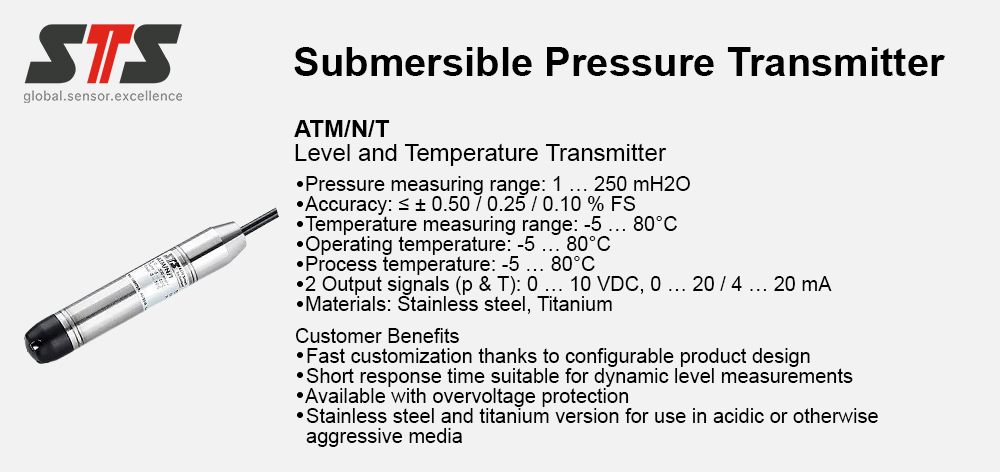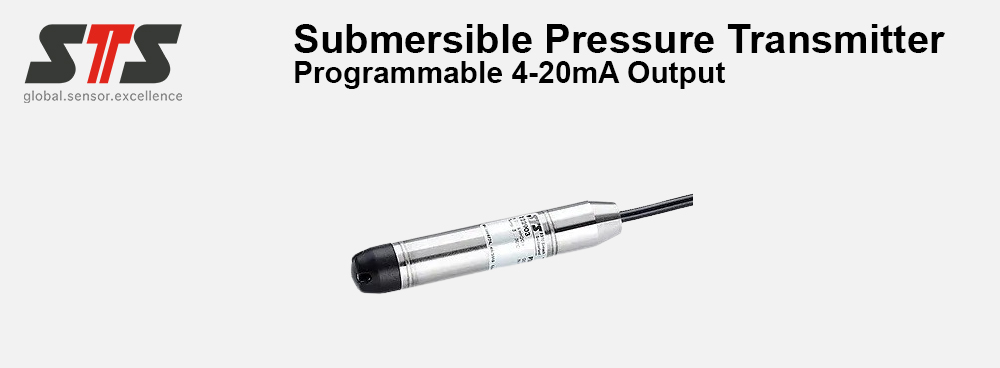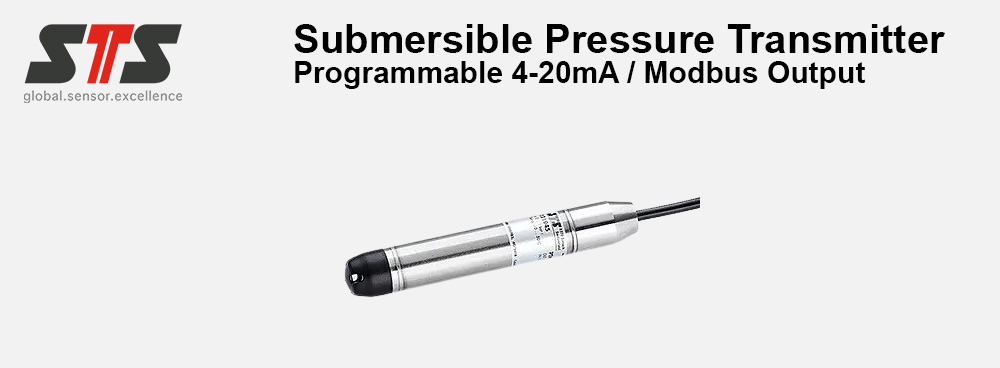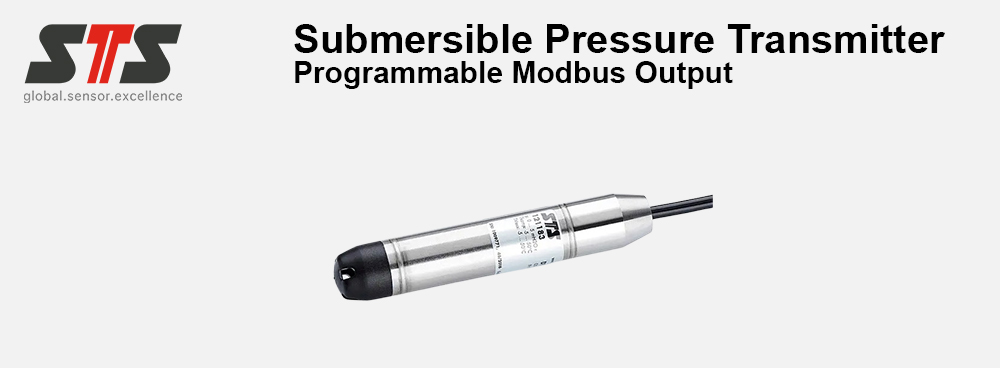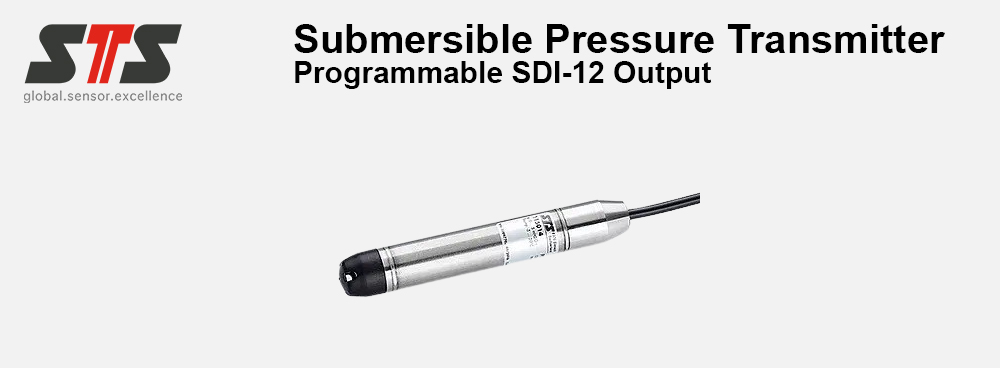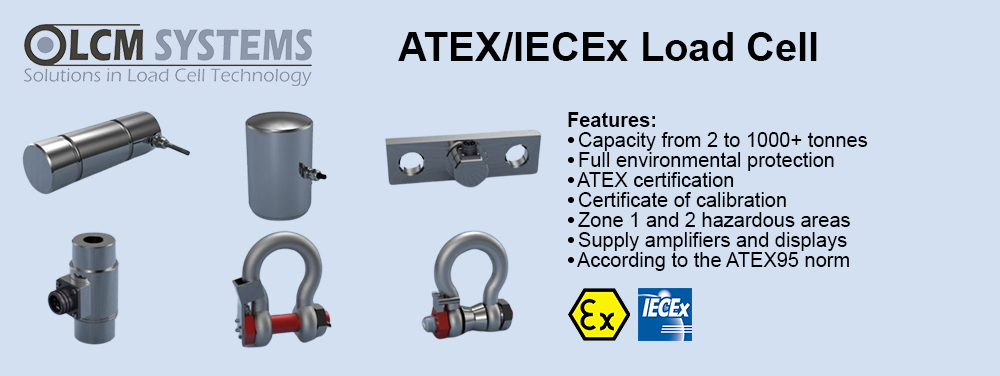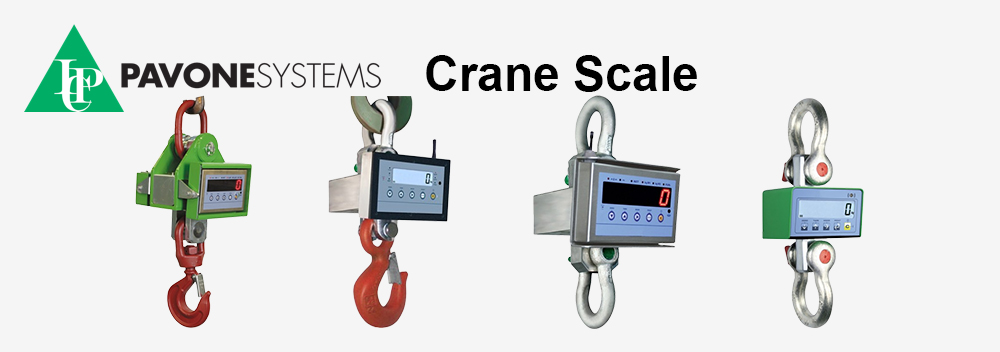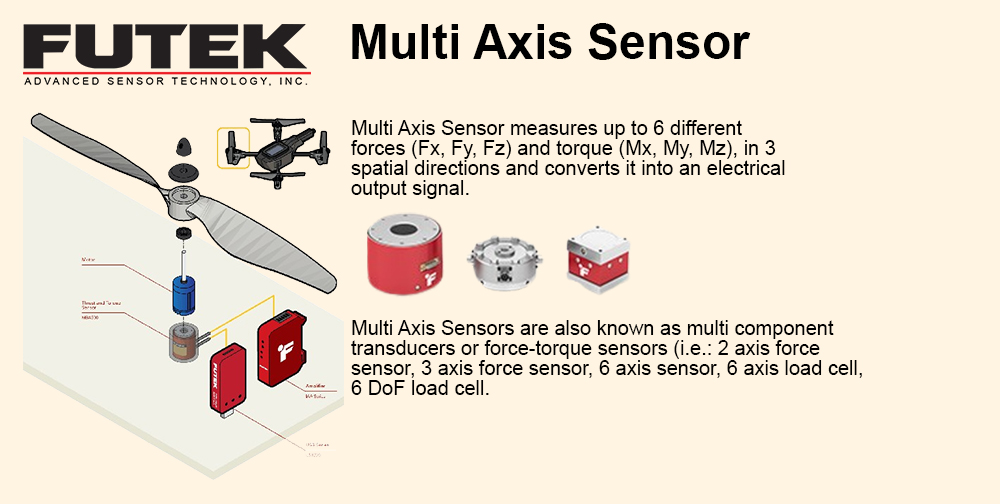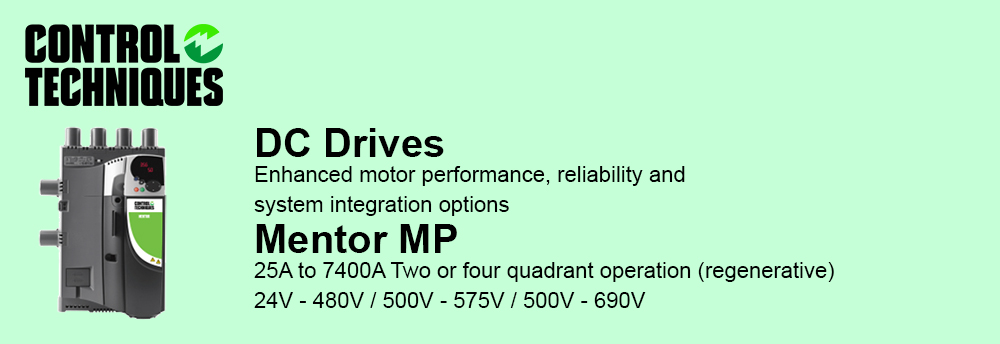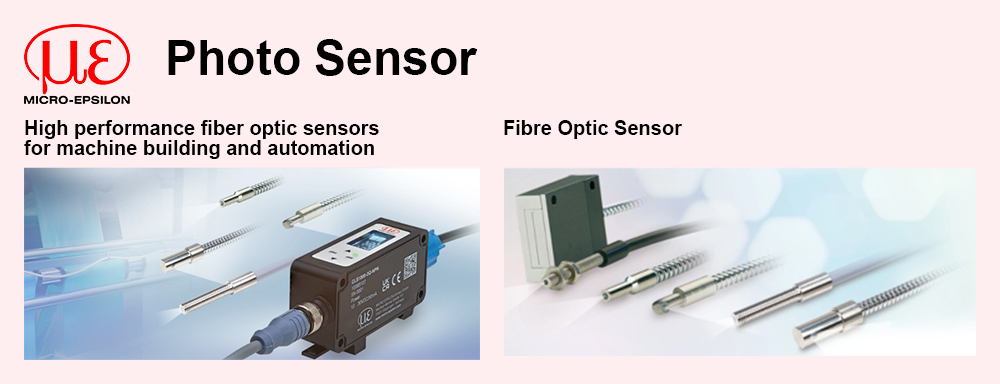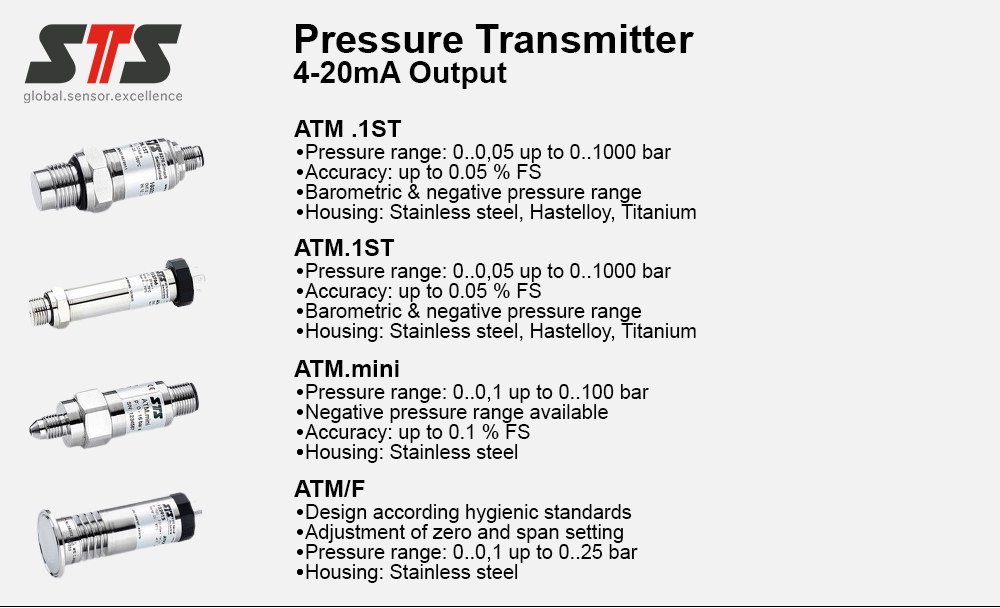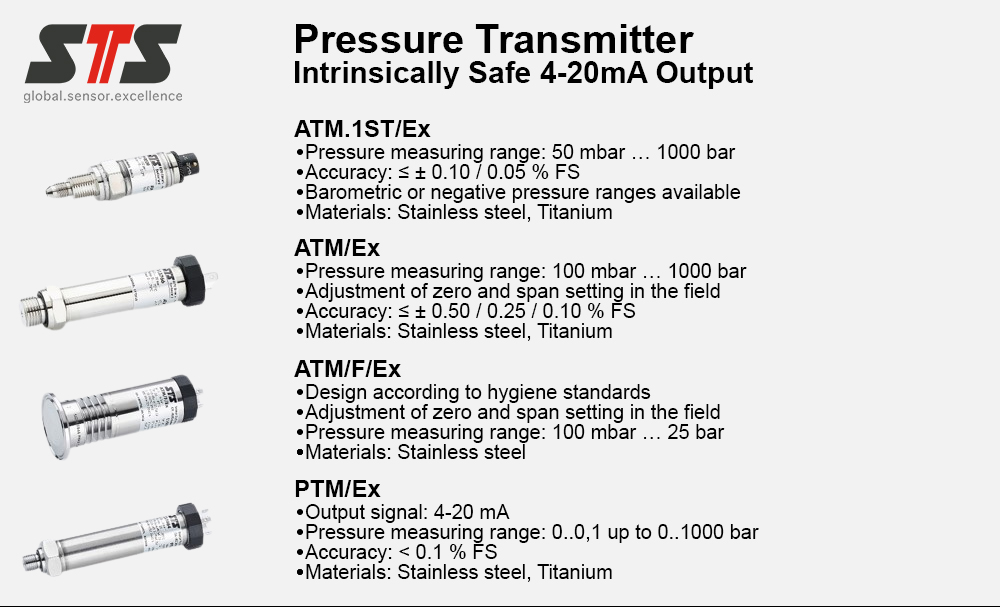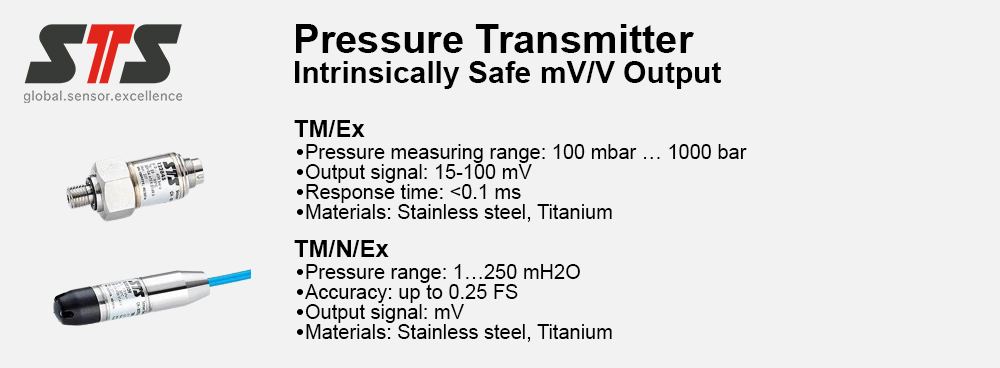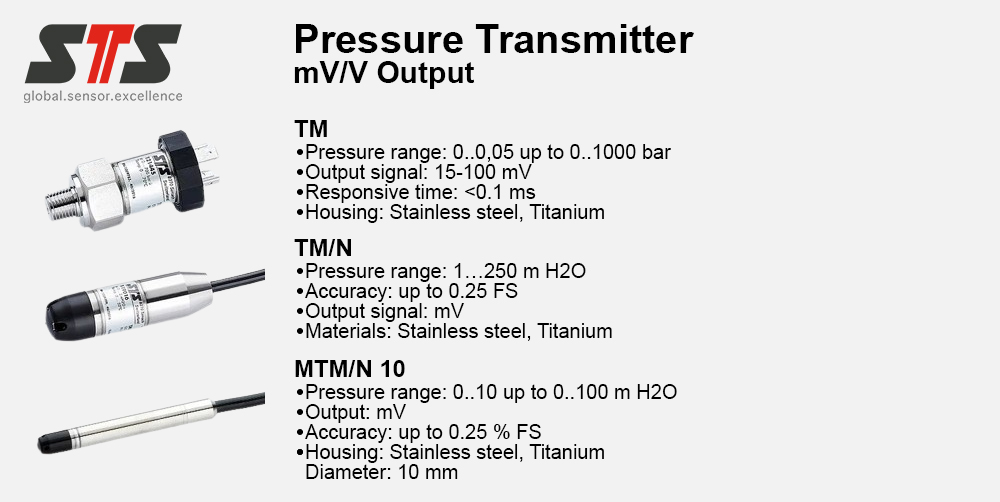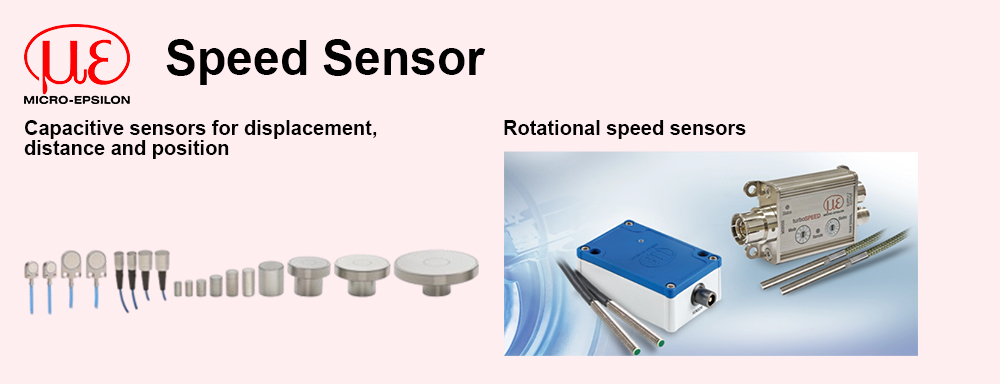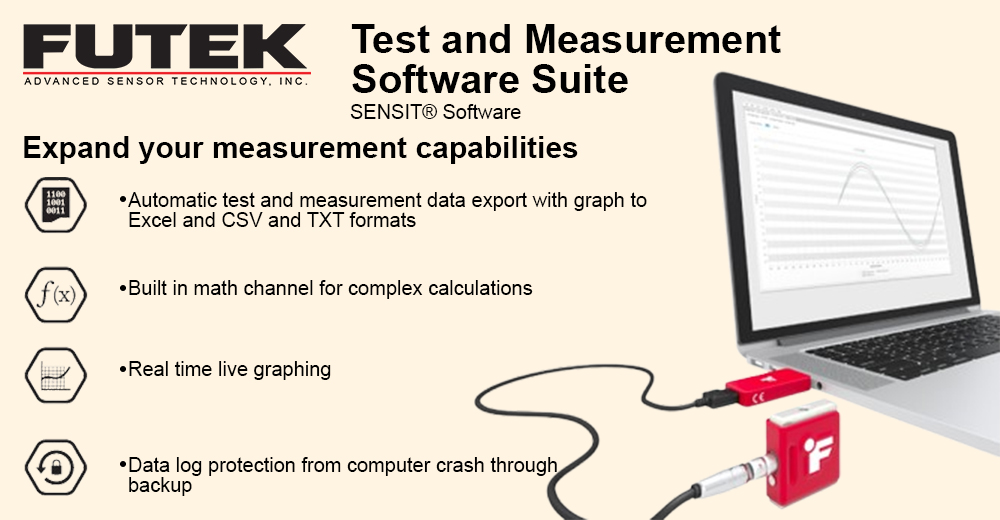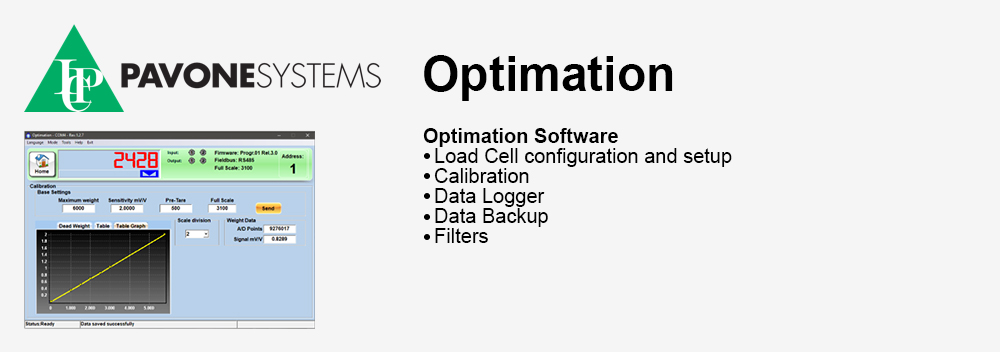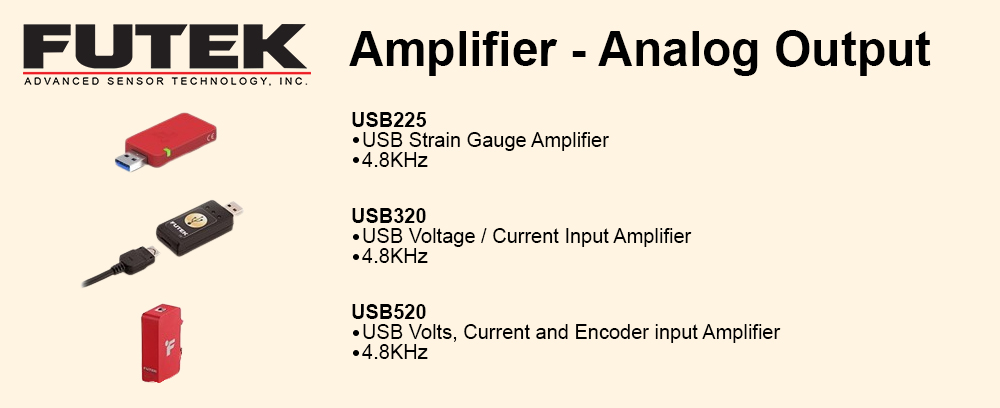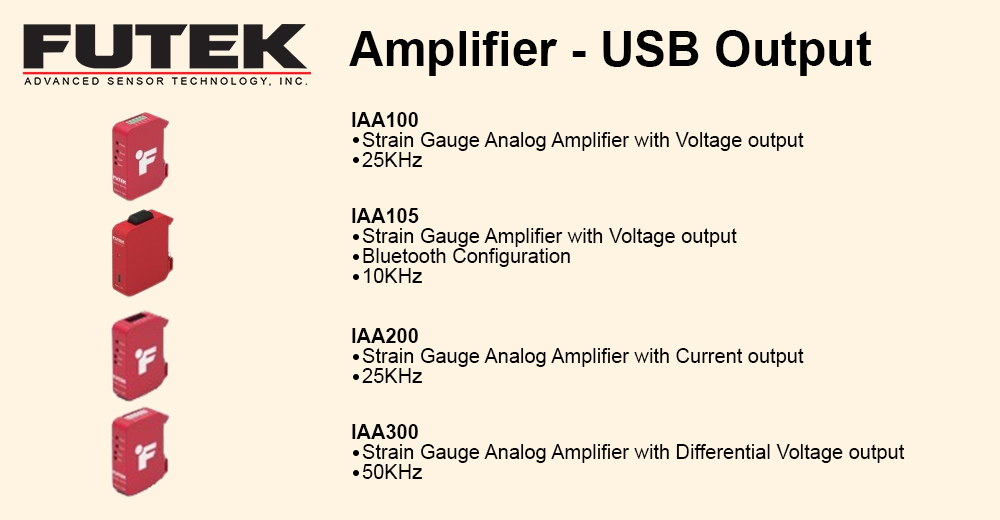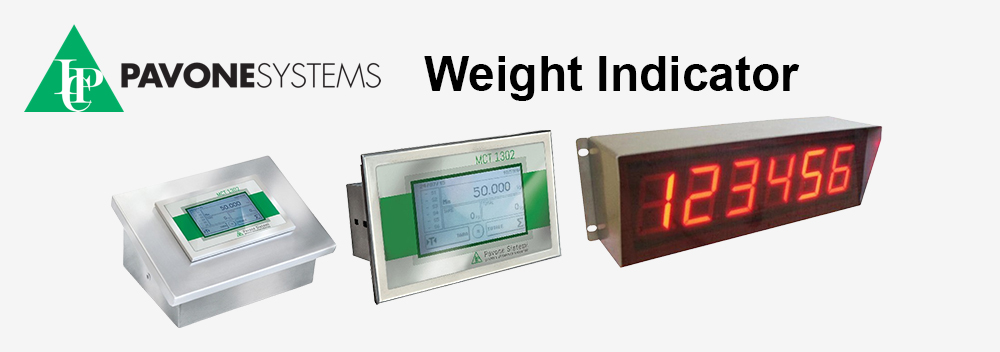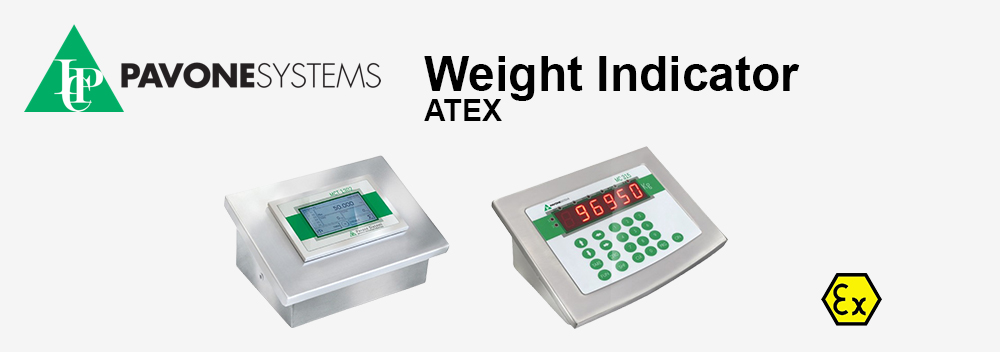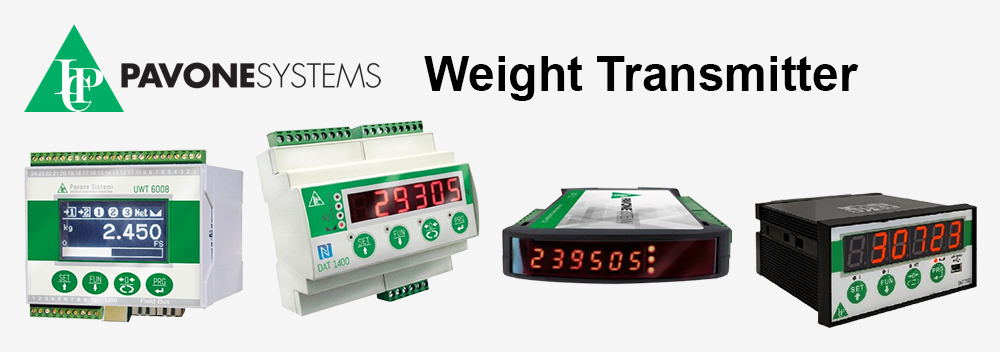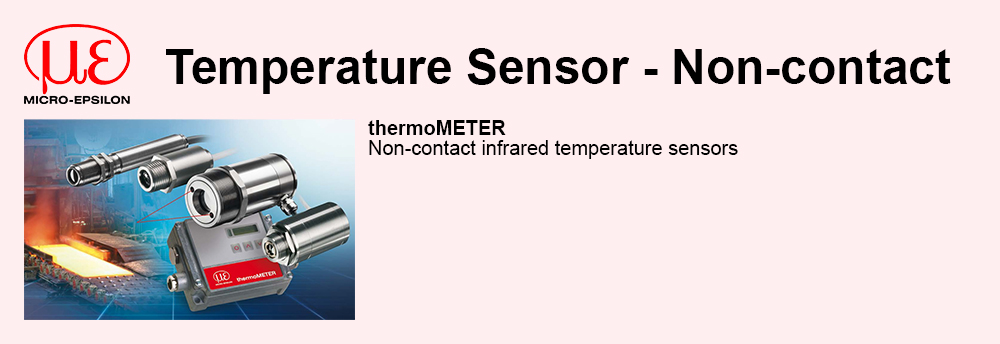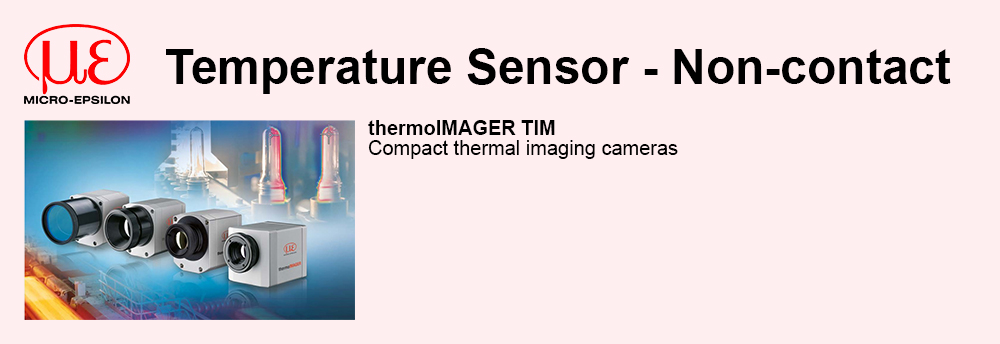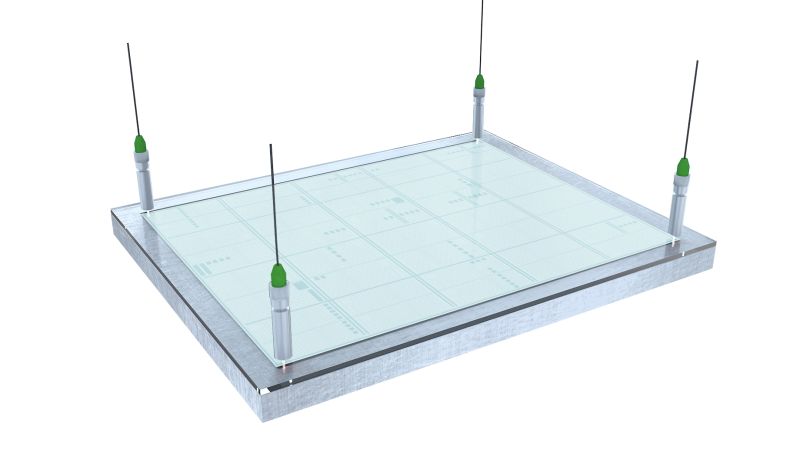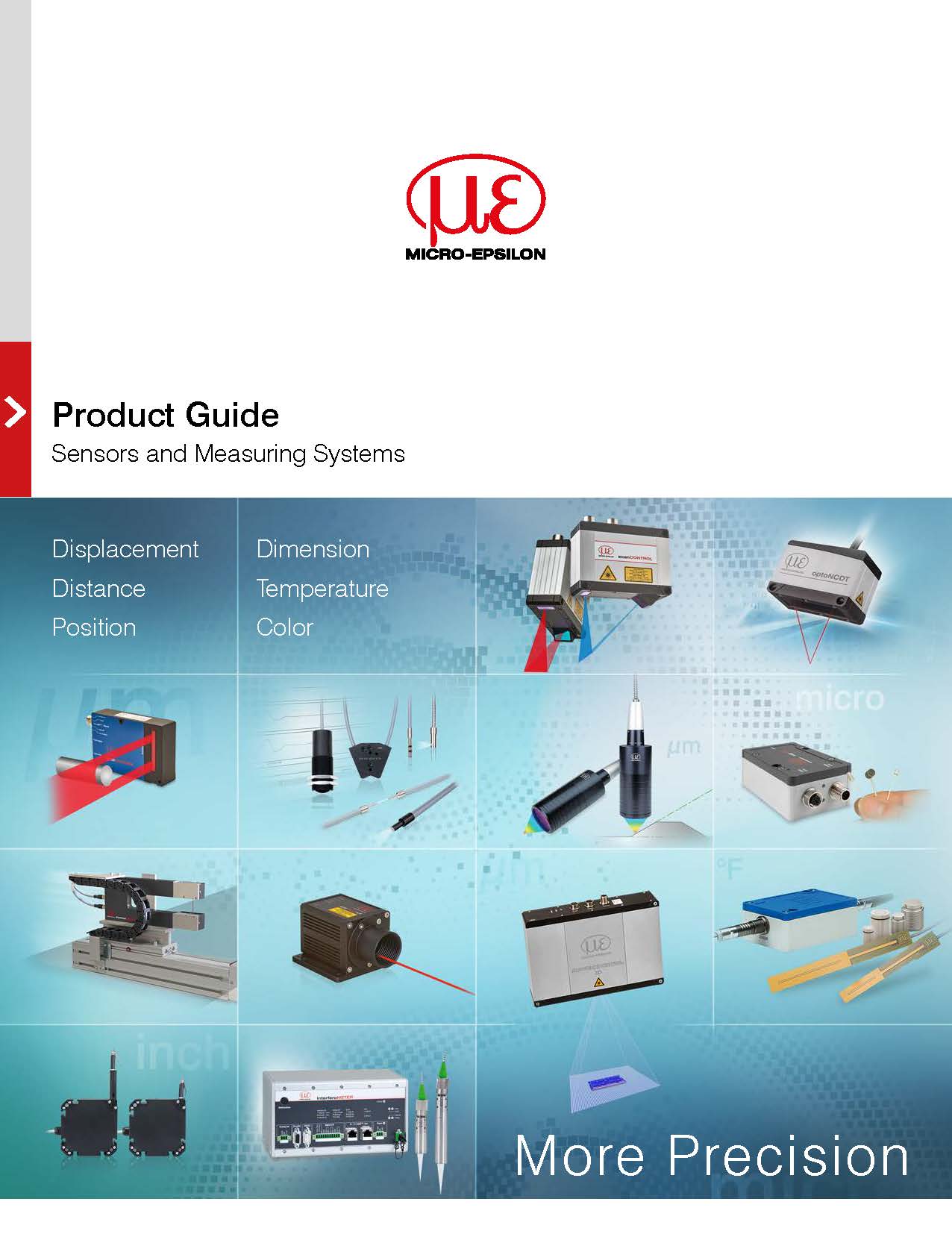Automotive development |
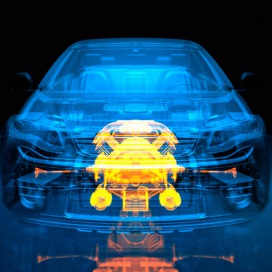 Vehicles must already prove their suitability for later use in the first stages of development. At the same time, not only functionalities but also stabilities, expansions, vibrations and many other things are tested. The extensive use of measurement technology in the vehicle development phase often provides new perceptions and helps to design safer and more comfortable modern vehicles. |
Sensor systems in the car The use of sensors in modern cars is today indispensable. Everyone is familiar with the application of ABS systems where sensors measure the wheel speed and derive control parameters from it for the brakes. Sensor technology applied |
| __________________________________________________________________________________________________________ |
Ovality inspection on brake pipes using vision4A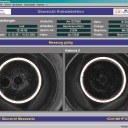 For the highly accurate measurement of the roundness of the ends of brake pipes in production with short cycle times, only a precise and versatile vision system is able to fulfill the required rapid data acquisition with the associated evaluation. In this regard the diameter measurement of individual pipes, as normally carried out in the industry through the center of the circle, is nowhere near sufficient. For reliable quality assessment the deviation of the actually existing circular geometry must be dimensionally acquired over the complete 360° circle. Sensor technology applied |
| __________________________________________________________________________________________________________ |
Brake disc concentricity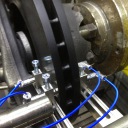 Brake discs are subject to the highest loads in use and are responsible for the safety of vehicles. For this reason alone, brake discs are thoroughly inspected on test benches. Brake discs are checked for various characteristics at a speed of approx. 2000 rpm on special testers. Capacitive sensors are used for checking the geometric characteristics such as concentricity, thickness and wear. As the deformations only occur in the range of hundredths of micrometres, only very precise sensors can be considered for this. The thermoMETER infrared sensors are used for examining the thermal characteristics of the brake disc. The absolute temperature can be monitored with these so that the thermal drift over a long period can be established. Sensor technology applied |
| __________________________________________________________________________________________________________ |
Brake disc temperature measurement for Formula Student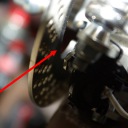 In the optimization of braking systems for the High Octane Motorsports e.V. racing car at the University Erlangen-Nürnberg, the temperature rise of the brake disc needs to be measured during on-road testing. Sensor technology applied |
| __________________________________________________________________________________________________________ |
Injector needle lifting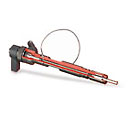 Combustion engines are a combination of many different technologies. Therefore, the precision of each individual one is responsible for the performance of the engine. The actual injected amount of fuel for Common Rail engines is controlled by the lift height and the lift duration of the jet needles of the injector. Temperatures up to 150 °C, pressures up to 2000 bar and an electromagnetically sensitive environment make measurement evaluation difficult. The NLS miniature sensor of the eddyNCDT product group measures the needle movement at the tip of the injector where influences due to bending or compression of the needle do not even occur. Sensor technology applied |
| __________________________________________________________________________________________________________ |
Monitoring the commutator in electric motors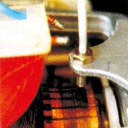 The “eddyNCDT” system offers many advantages for the non-contact monitoring of the mechanical condition of the commutator in electric D.C. motors or generators. The system uses the eddy-current measuring principle, is not subject to wear and cannot affect or influence the commutator. Sensor technology applied |
| __________________________________________________________________________________________________________ |
Pistons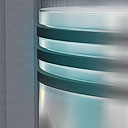 Combustion engines must withstand maximum loads during a long service life. In order to deal with this requirement, eddy current sensors from the eddyNCDT series are installed in the engine for many different measurements. As the smallest eddy current sensors in the world, these sensors can be used in the fuelled condition. Examples of measurement already being carried out are: valve lift, needle lift, breathing of the cylinder head, lubrication gap on the cylinder, oil film thickness, crankshaft concentricity, crankshaft axial movement and piston secondary movement. Sensor technology applied |
| __________________________________________________________________________________________________________ |
Piston – Top Dead Center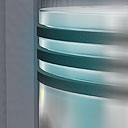 The Top Dead Center of the cylinder movement is measured for adjustment of the precise ignition point in engine development. In doing so, a miniature eddy current sensor is integrated in the cylinder head cover. From this position, it precisely measures when the piston is at the smallest distance from the sensor. The ignition is optimum at precisely this time. Earlier or later ignition would reduce the efficiency of the engine. This measurement is only possible in towing operation. Sensor technology applied |
| __________________________________________________________________________________________________________ |
Piston Secondary Movement and Piston Ring Position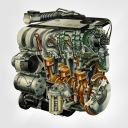 To improve the construction of internal combustion engines and damage analyzes, it is neccessary to measure the thermal and mechanical loads in the engine. Two important variables here are the transverse movement of the piston (secondary movement) and the position and deformation of the piston rings during the individual operating strokes. The measurements must be made under operating conditions in order to provide reliable results. To do this, the engine is run on the bench either in test mode or normal operating mode. Sensor technology applied |
| __________________________________________________________________________________________________________ |
Piston ring- and piston secondary movement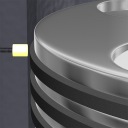 Manufacturers of combustion engines require reliable data in order to determine the exact position of the piston, the piston rings and also of the existing pressure conditions. Using simulation tools, this data is primarily used to make reliable predictions about e.g. wear, friction and oil consumption. Furthermore, as well as design improvements, changes and failure analyzes can also be developed. The eddyNCDT eddy current sensor measures the piston ring- and piston secondary movements at high accuracies. Sensor technology applied |
| __________________________________________________________________________________________________________ |
Piston secondary movement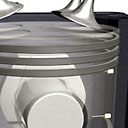 Among other things, the lateral movement of the piston in the cylinder is crucial for the service life of engines. Miniature eddy current sensors for this are integrated in the piston which measure onto the cylinder wall. If the distance is too large or too small, the piston has too much play or continuous lubrication cannot be ensured. The sensor cables are routed out of the engine along the connecting rod over a rocker in the gearbox. Sensor technology applied |
| __________________________________________________________________________________________________________ |
Image processing system for the detection of markings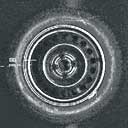 In order to increase the process reliability in the final assembly of cars it is necessary make a reliable differentiation between the wheel and spare wheel on different types of vehicle once the tire has been fitted to the rim. For this purpose line markings are applied to the sides of the tire. They must be reliably and fully automatically detected when all components (tire,rim, transport belt) are optically similar (matt black). |
| __________________________________________________________________________________________________________ |
Oil film thickness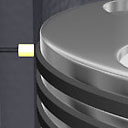 The oil film thickness for combustion engines describes the gap and thus the quantity of oil between piston and cylinder wall. Thus it is sometimes a determining factor for smooth operation and durability. As the oil film can only be integrated and really measured in the firing condition, it is extremely difficult to manufacture sensors for these environmental conditions and then also find space for them. Specially miniaturized eddy current sensors from Micro-Epsilon are capable for this. The smallest with only 2.4 mm external diameter is integrated directly into the cylinder wall and ground to its shape. There, it measures the distance from sensor to piston or the space available for the engine oil for lubrication in every stroke. Sensor technology applied |
| __________________________________________________________________________________________________________ |
Clutch wear in racing cars Racing cars are stressed to the limits of their capabilities. It is not without reason that pioneering technologies are often first tested in racing cars before they find their way into mass production. The 24-hour race at Le Mans produces particularly high stress levels for drivers and materials. And in this respect the clutch is a component that is subjected to the highest stresses. Audi Sport therefore decided to monitor the clutch wear during the race to be able to adopt a less arduous pace at the right time or to even carry out a replacement. A displacement sensor from MICRO-EPSILONis used for this application. The sensor is located directly on the clutch release bearing and records both the normal stroke of the clutch as well as its wear. Sensor technology applied |
| __________________________________________________________________________________________________________ |
In-line inspection of the rubber on windshield wiper blades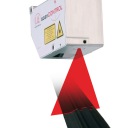 A faultless surface is indispensable for the functionality of wiper blades. Therefore, wiper blades are inspected by the measuring system after the extrusion in the endless state. In doing so, two scan CONTROL 2800 sensors are used. The inspection is performed above and below the material. Sensor technology applied |
| __________________________________________________________________________________________________________ |
Lubrication gap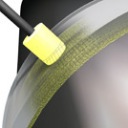 Sliding bearings are used for crankshaft bearings in the engine. A specific minimum distance is required so that the bearing operates as wear-free as possible. Miniature eddy current sensors are integrated in the bearing for this. They measure the distance through the bearing half-shell on the crankshaft. It can thus be established whether sufficient oil is lubricating the shaft in the bearing. If the film of oil breaks down, the distance to the shaft must be almost zero. This is because a certain minimum clearance from the bearing to the shaft is required due to the viscosity of the oil. Sensor technology applied |
| __________________________________________________________________________________________________________ |
Turbochargers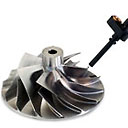 Apart from the angle of the guide vanes, the speed of the vanes on the turbine wheel is important for the performance of the turbocharger. The rotation of the vanes is measured on the face side for this. Due to increasing material stresses and speeds besides aluminum, titanium vanes are now being used, which presents a challenge in terms of measurement technology. Titanium is a very poor electrical conductor. Therefore, eddy current sensors cannot be used easily on titanium. With varying speeds from 200 to 400,000 rpm, it is extremely difficult to measure these precisely. However, using special linearization and an advanced electronics system, Micro-Epsilon is able to precisely measure this speed on aluminum and titan vanes over the whole speed range. Sensor technology applied |
| __________________________________________________________________________________________________________ |
Measurement of valve movementIn order to optimize engine power, fuel consumption and valve lifetime, it is important to measure the exact valve movement in the running internal combustion engine. Using eddy-current displacement sensors it is possible to acquire the position of intake and exhaust valves. This can occur both in towing and in normal powered modes. Different measurement arrangements are practicable for these two modes of operation. Sensor technology applied |
| __________________________________________________________________________________________________________ |
Valve lift measurement in the MultiAir cylinder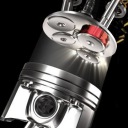 The MultiAir cylinder procedure patented by FIAT / Schaeffler controls individual valves independently of the camshaft. An electro-hydraulic control system provides fully variable valve control. Therefore, the stroke and the opening/closing times of the inlet valve are freely controllable. This reduces fuel consumption and CO2 emissions with a simultaneous increase in engine performance and torque. During the end-of-line inspection of the MultiAir components, a test bench simulates the conditions inside the engine. Eddy current sensors from Micro-Epsilon measure the exact valve lift. Sensor technology applied |
| __________________________________________________________________________________________________________ |
Valve lift sensor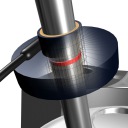 Controlling the valves of combustion engines using electromagnetic actuators is a current objective of many engine developers. This technology makes possible potential fuel consumption savings of 8% - 9%. Sensors for checking the movement are necessary in the course of electromagnetic valve control. The valve lift sensor of the VIP series makes this possible without contact, with high resolution, linearity and excellent temperature stability. The sensor operates without permanent magnets and is thus not influenced by neighboring devices or components. Sensor technology applied |
| __________________________________________________________________________________________________________ |
Oil film thickness measurement in an internal combustion engine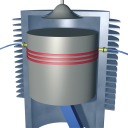 Included in the objectives of current engine development are minimization of pollutants and the reduction of oil consumption. In order to be able to take measures in achieving these objectives, then along with a number of other factors, it is very important to obtain knowledge of the behavior and the thickness of the oil film between the cylinder wall and piston or piston rings In this respect the upper third of the cylinder bore is of particular interest. Sensor technology applied |
| __________________________________________________________________________________________________________ |
Displacement/timing measurement in the common rail injector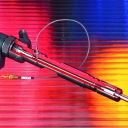
Diesel engines of the latest generation no longer have a diesel injection pump to supply fuel, but instead utilize the common rail principle. In order to optimize the injector configuration for the respective engine model it is necessary to know the exact displacement/time behavior of the needle valve. This information is provided by an eddy current sensor built into Sensor technology applied |
| __________________________________________________________________________________________________________ |
Examination of the oscillation behavior of toothed-belt camshaft drives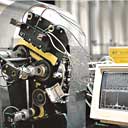 To examine the influence of various system and operating parameters on the dynamic behavior of multi-disk drives a belt oscillation test bench has been set up which simulates the toothed-belt drive system of a direct injection motor vehicle diesel engine. The periodically fluctuating shaft torques generate rotary oscillations in the toothed-belt drive, which lead to transverse belt oscillation. Five laser optical position measuring systems are arranged closely side by side, so that oscillations of higher order can also be measured safely. Sensor technology applied |
| __________________________________________________________________________________________________________ |
Low cost sensors for cylinder applications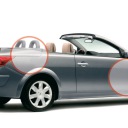 Monitoring the movement of gas pressure or hydraulic cylinders is solved very elegantly using an eddy current sensor. This sensor is integrated in the cylinder. An aluminum ring is used as the target. The sensors are designed so that they easily withstand the pressure inside the cylinder. There are attractive sensor series in the range for this application. Sensor technology applied |
| __________________________________________________________________________________________________________ |
Cylinder breathing of the cylinder head gasket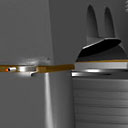 Specially shaped eddy current sensors are integrated directly in the crankcase where they measure, for example, the expansion of the cylinder head gasket during the stroke. Pressures of up to 50 bar are produced for every ignition of a cylinder, which slightly raise a tightly bolted cylinder head. This movement is compensated for by the cylinder head gasket, which is why it is referred to as “cylinder head gasket breathing”. How far the cylinder head moves is measured by eddy current sensors. This data provides information about the durability of the gasket and save customers from fatal engine damage. Sensor technology applied |




